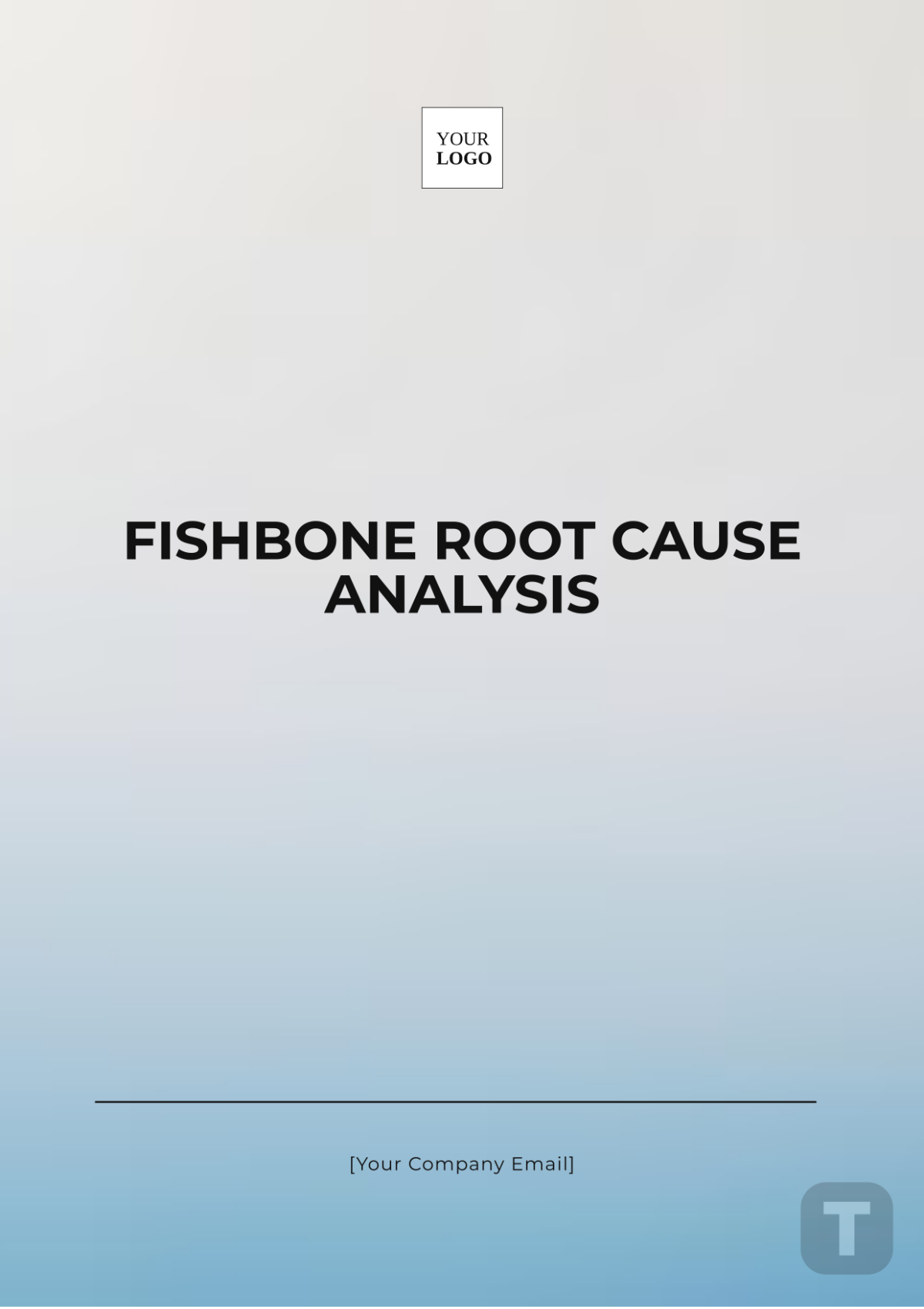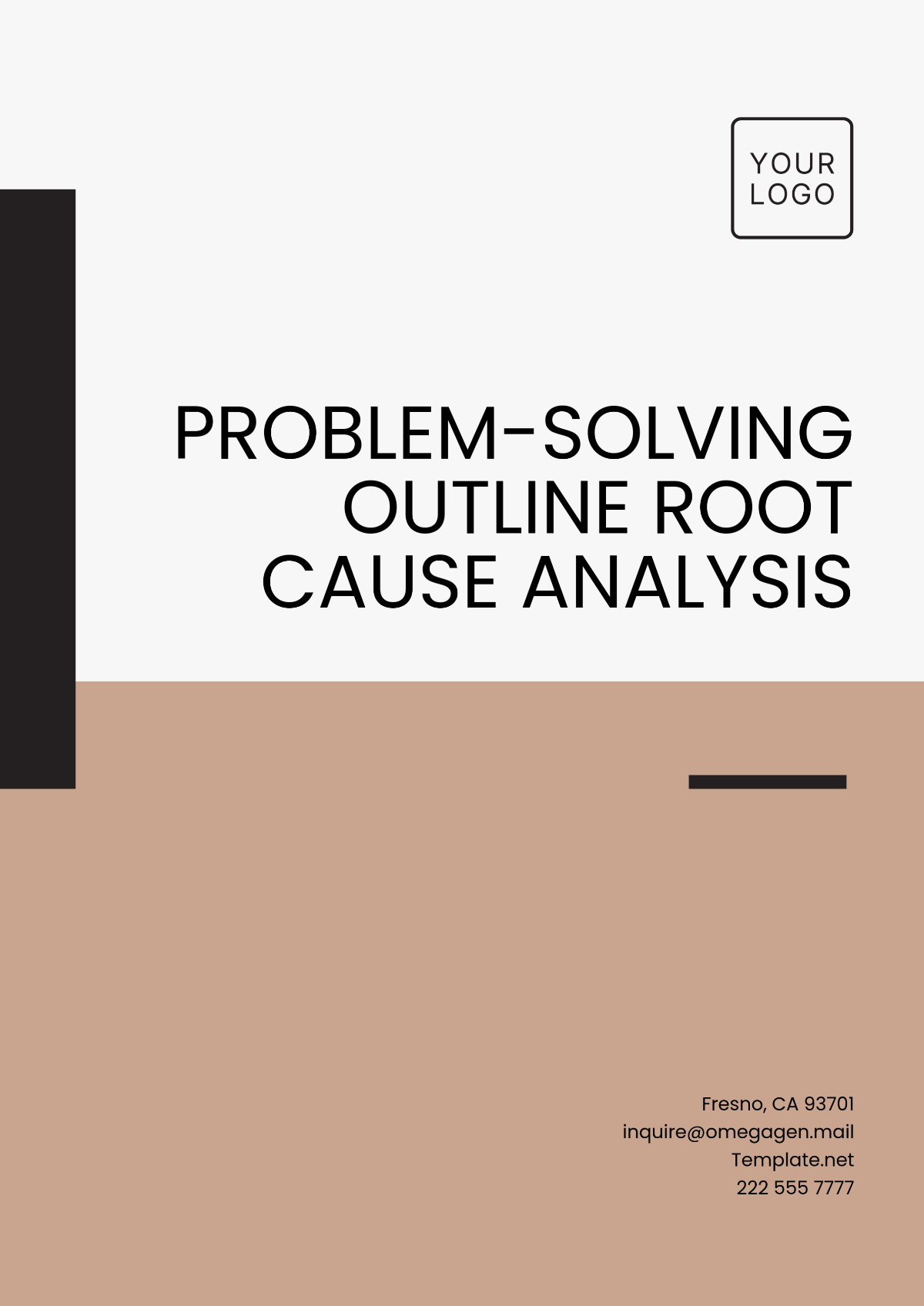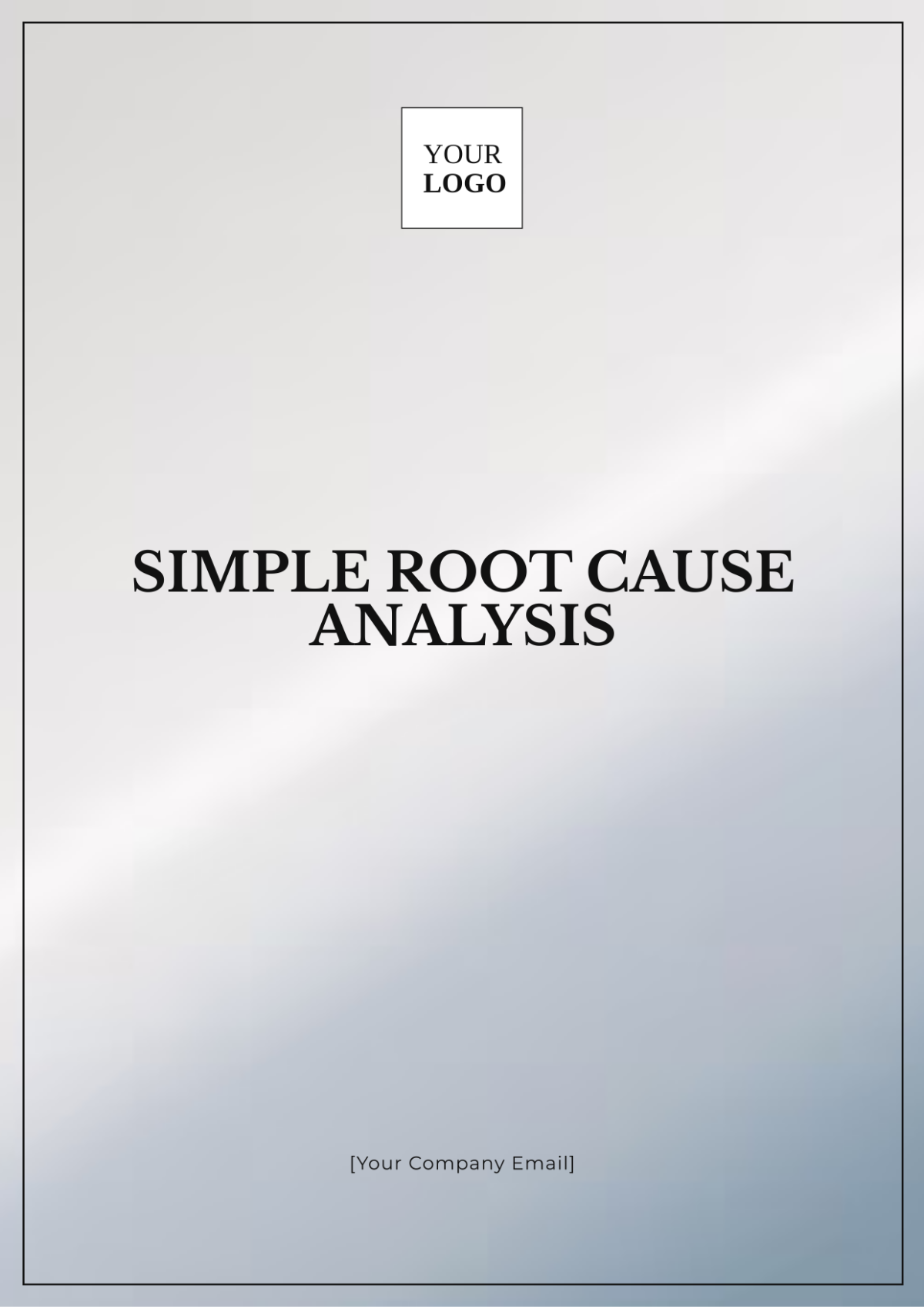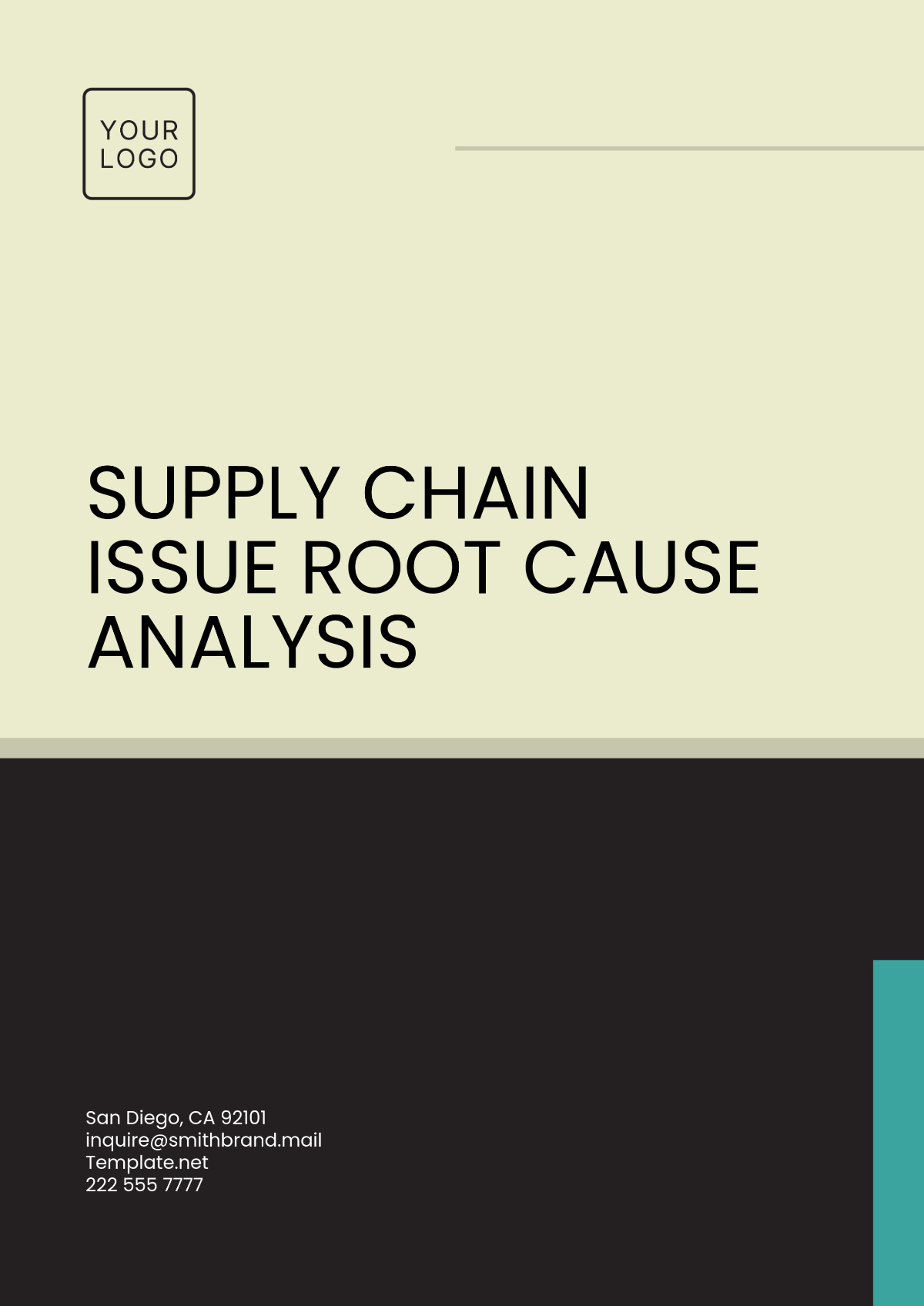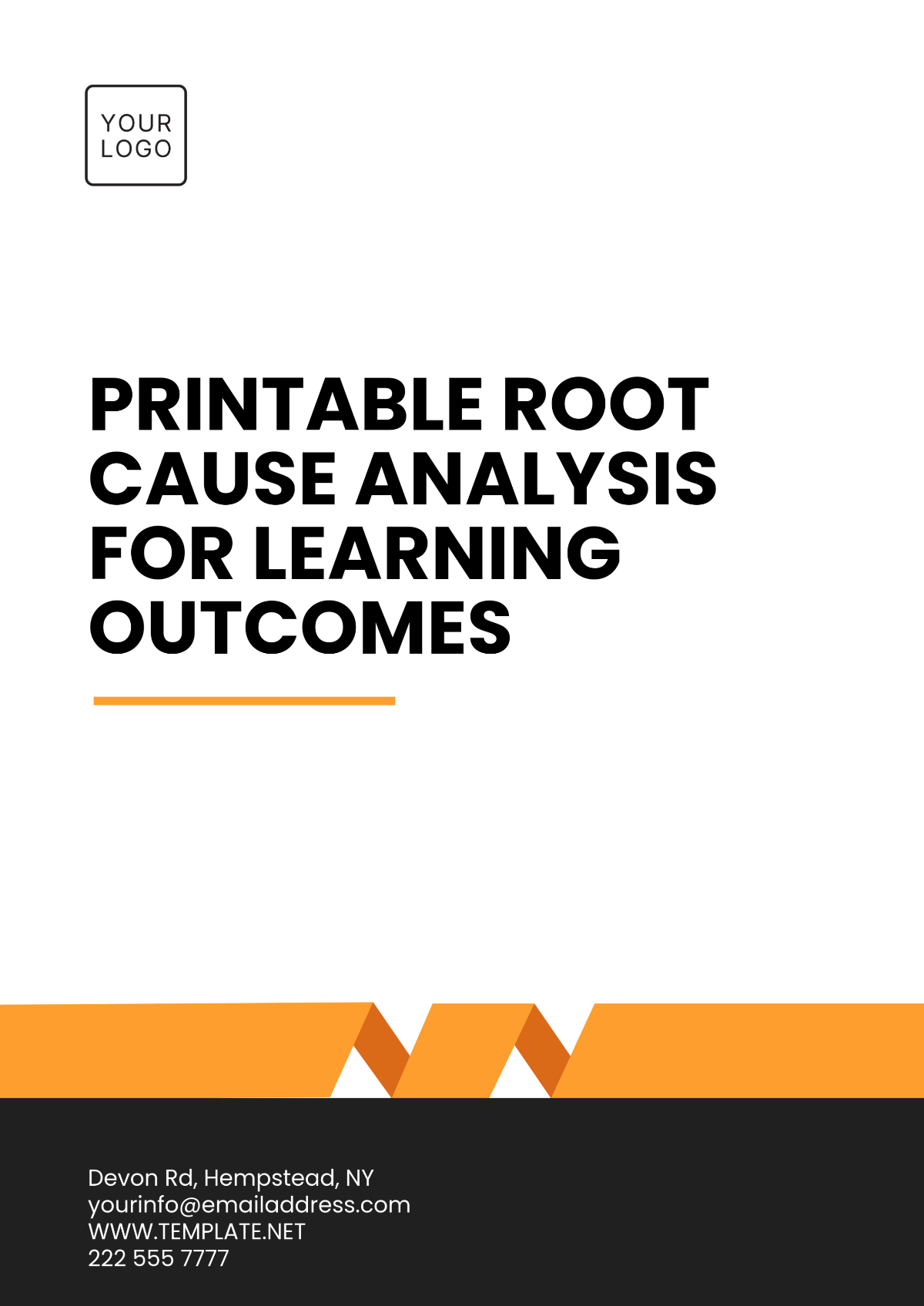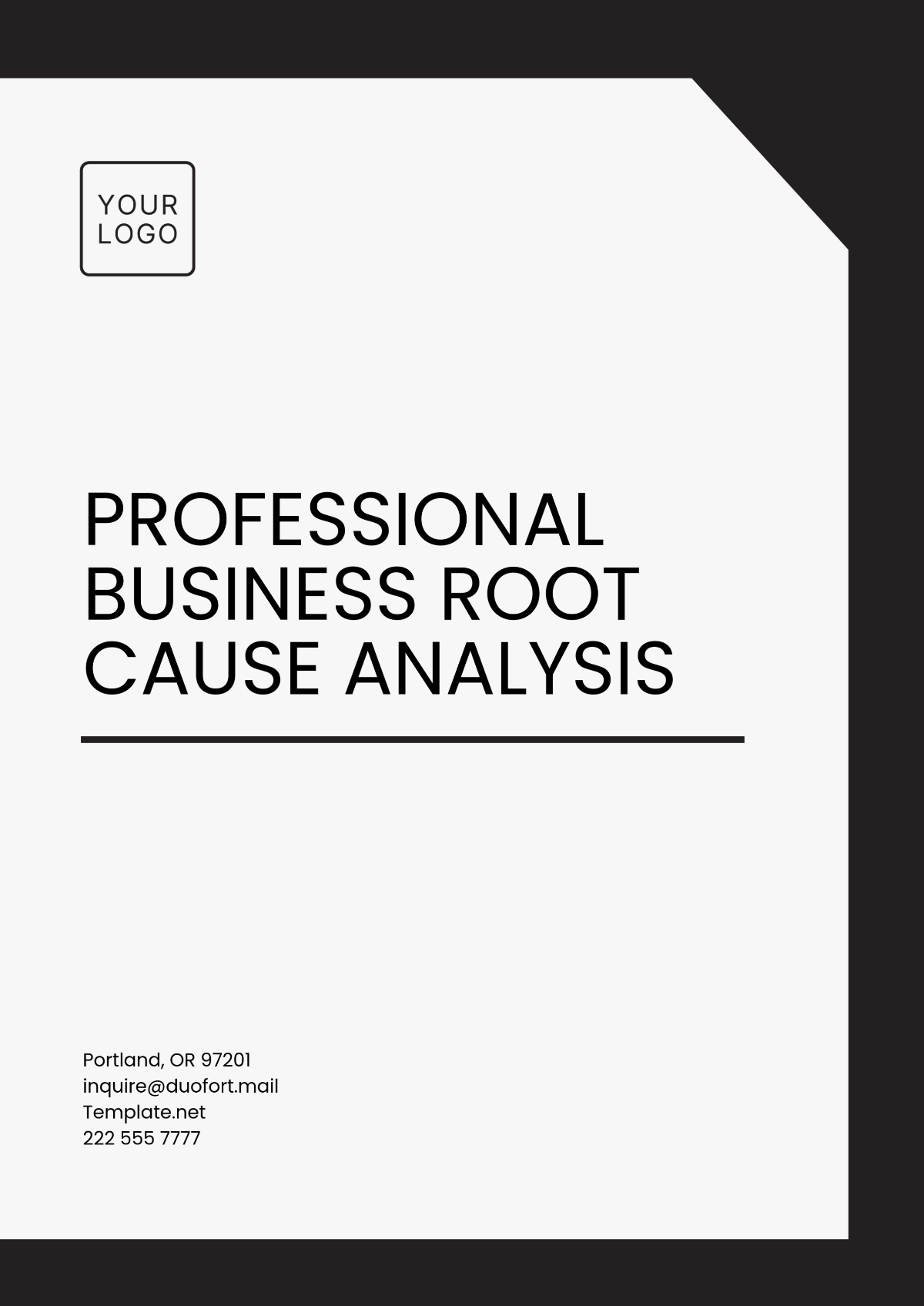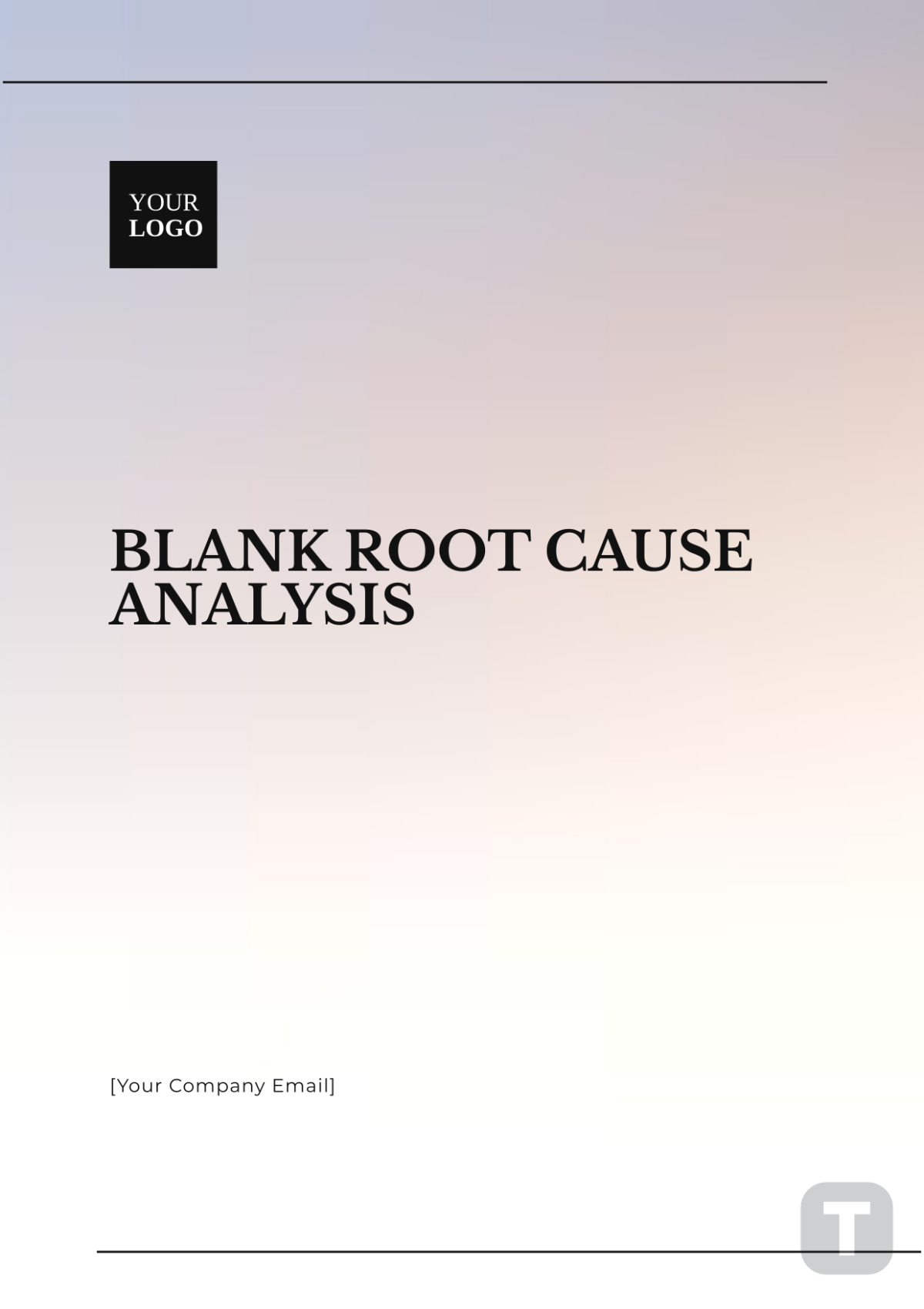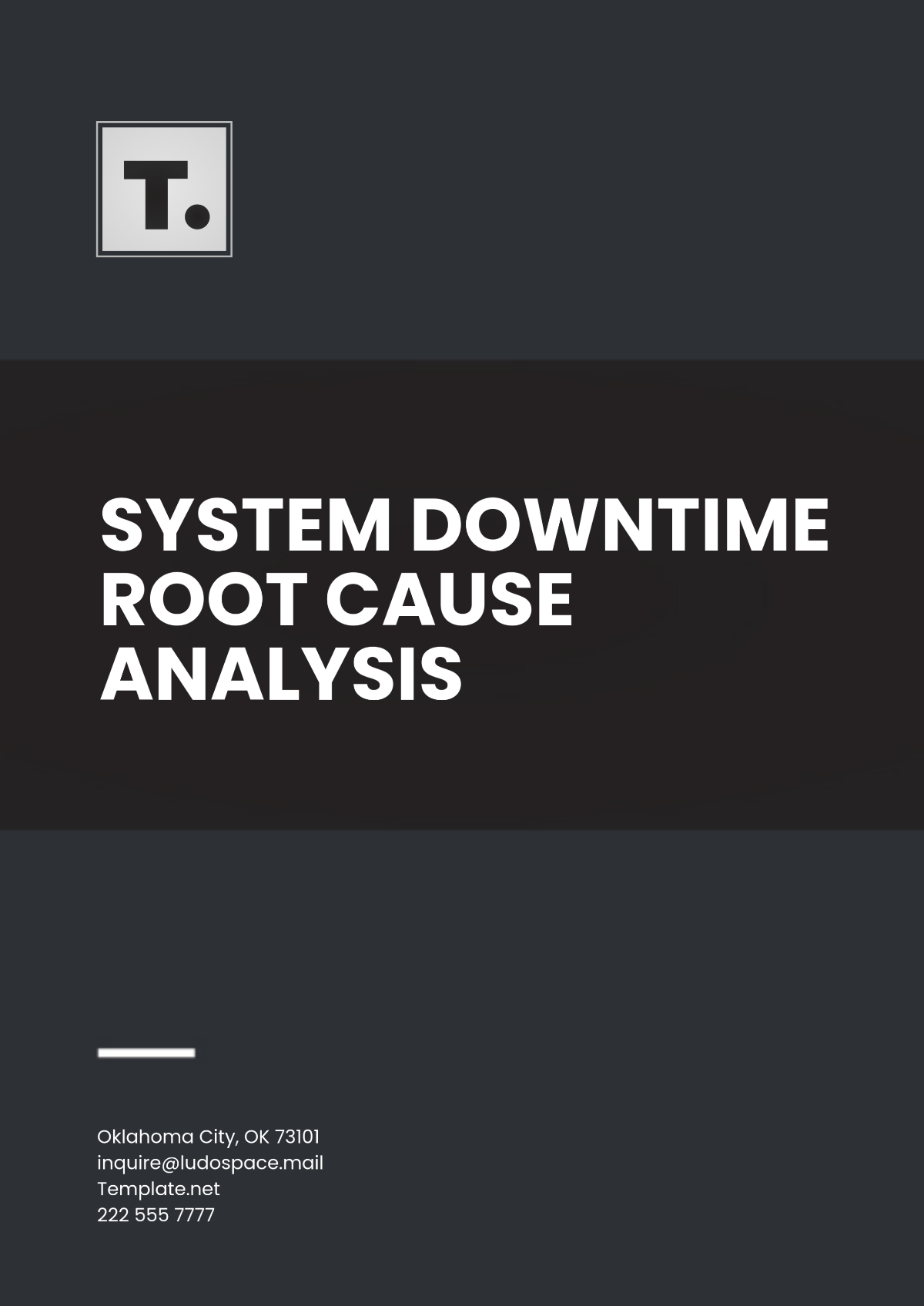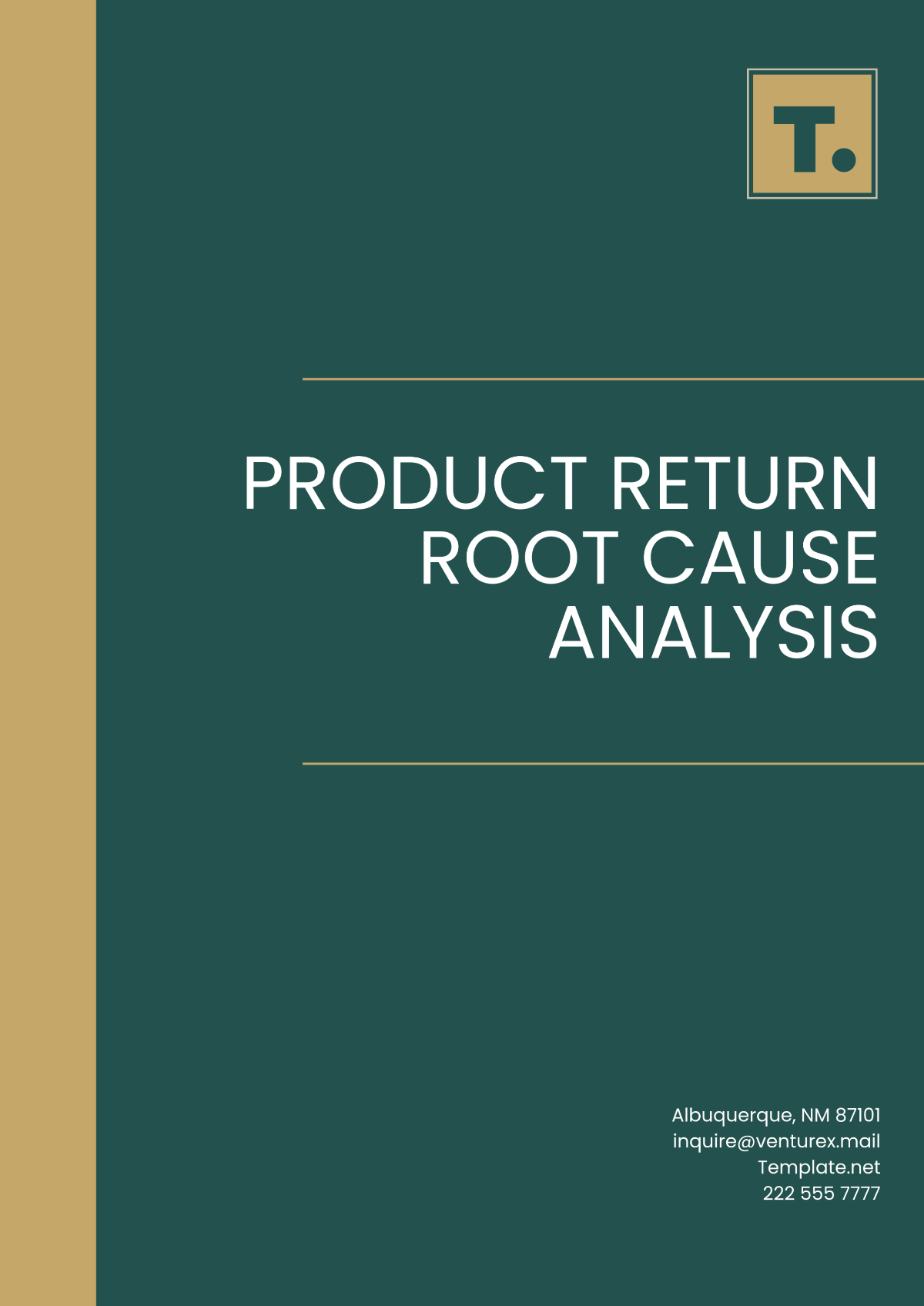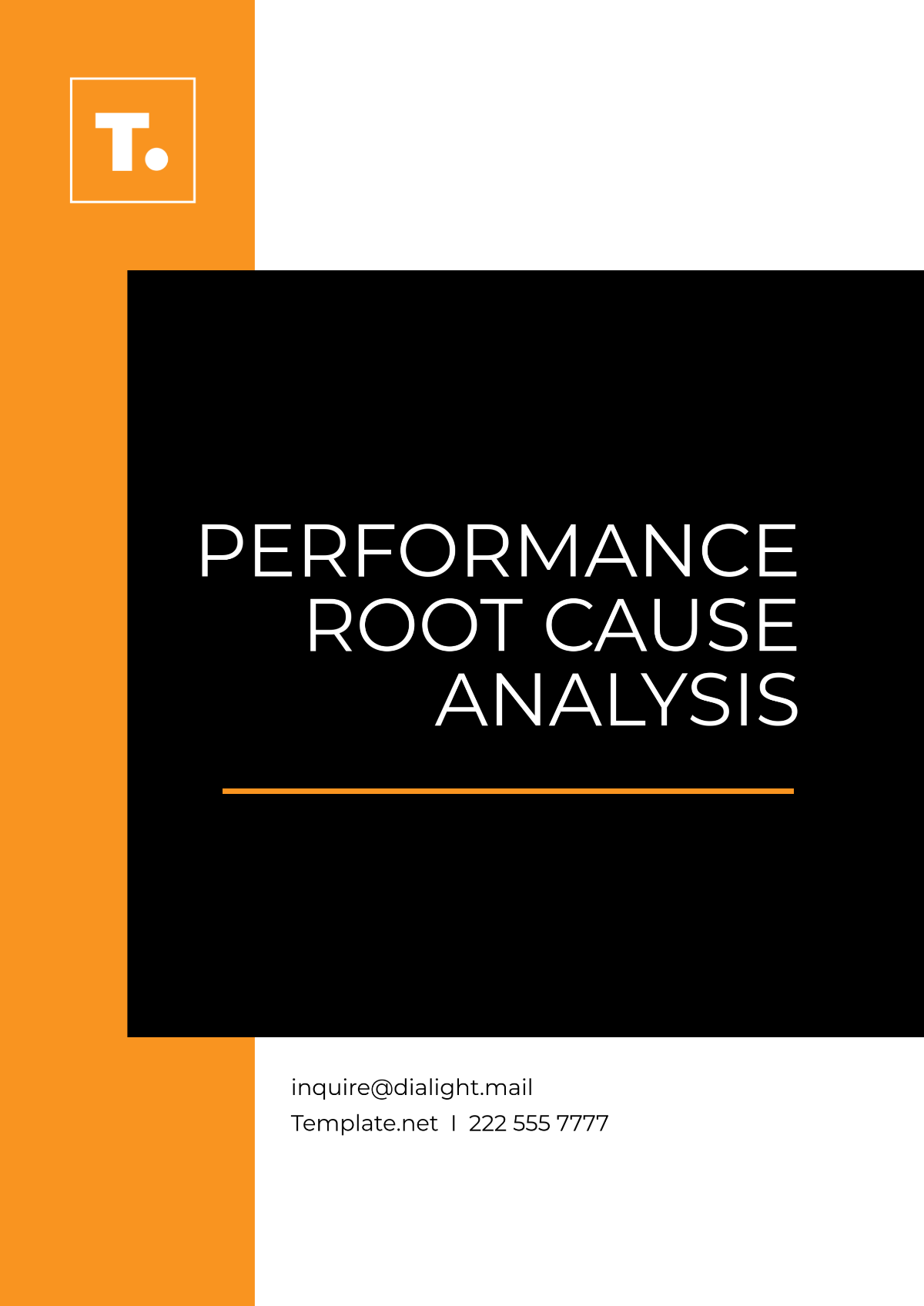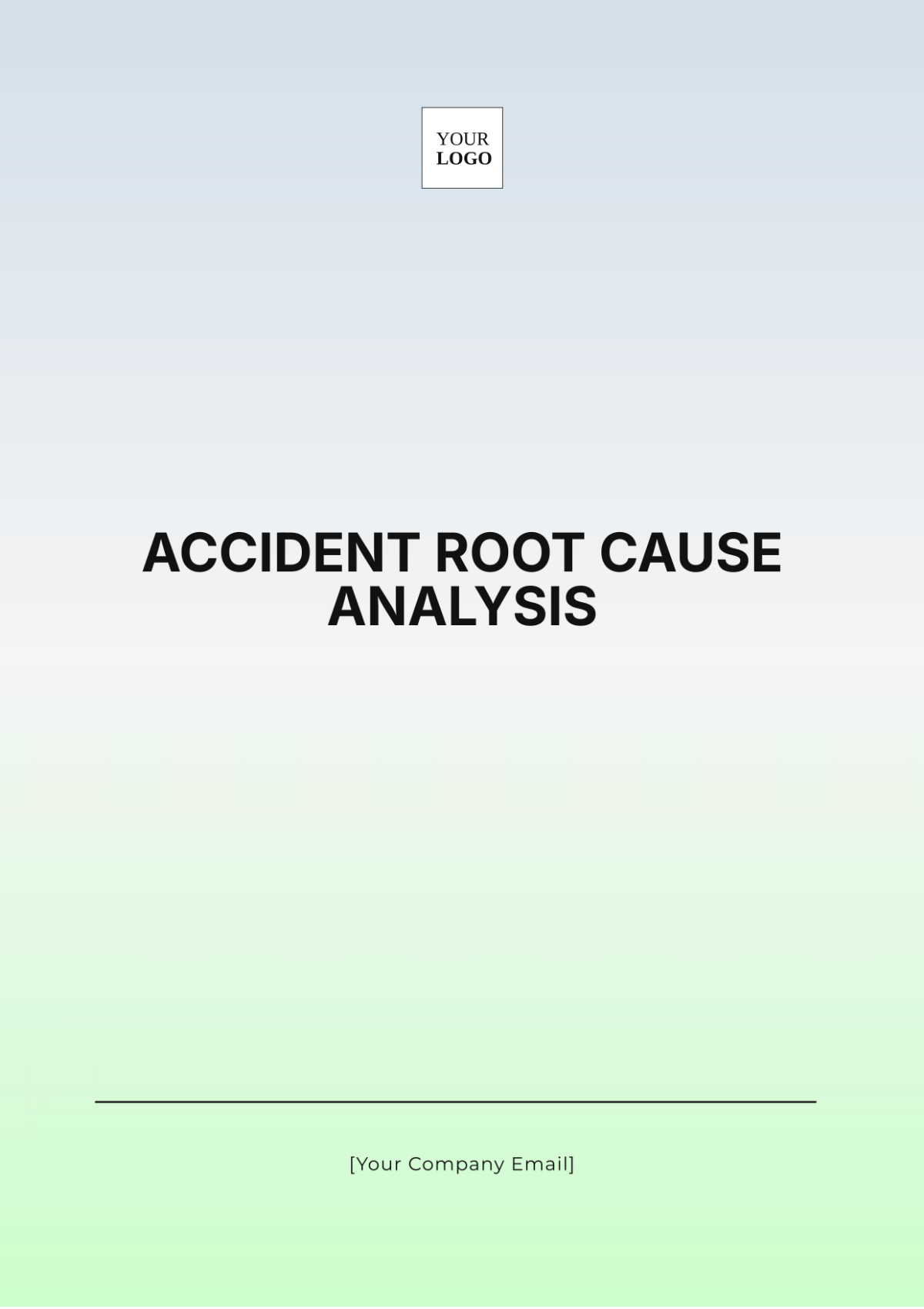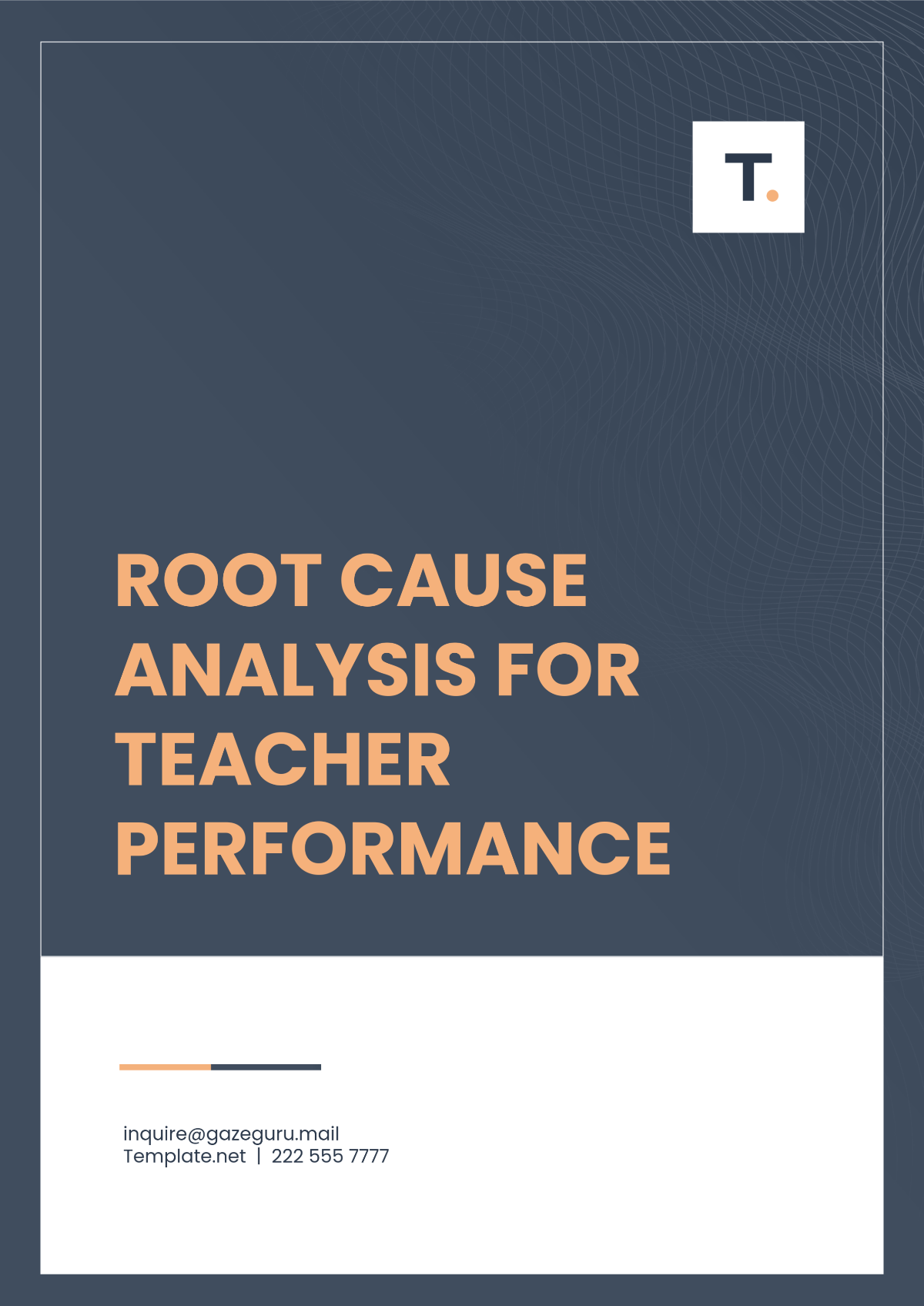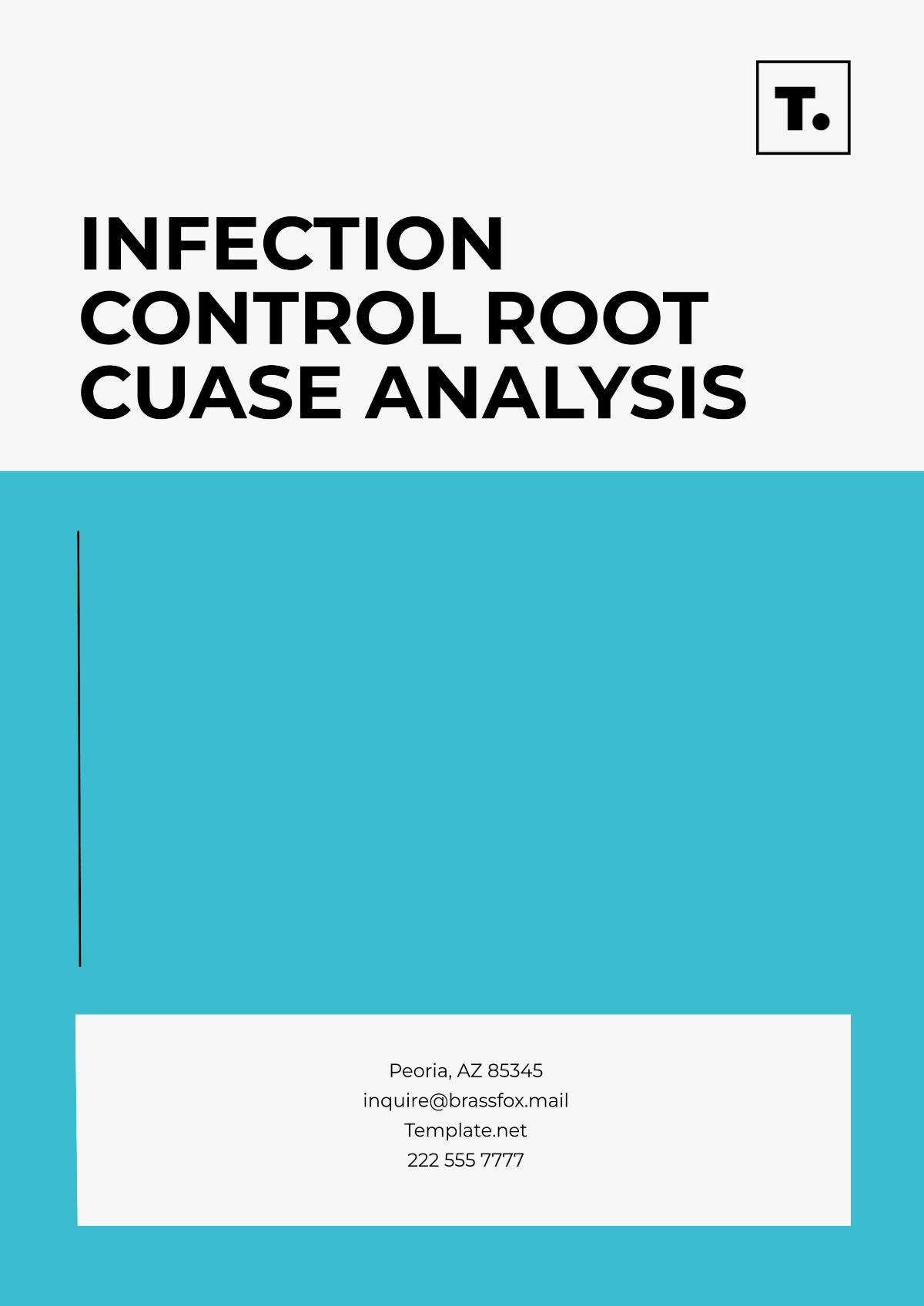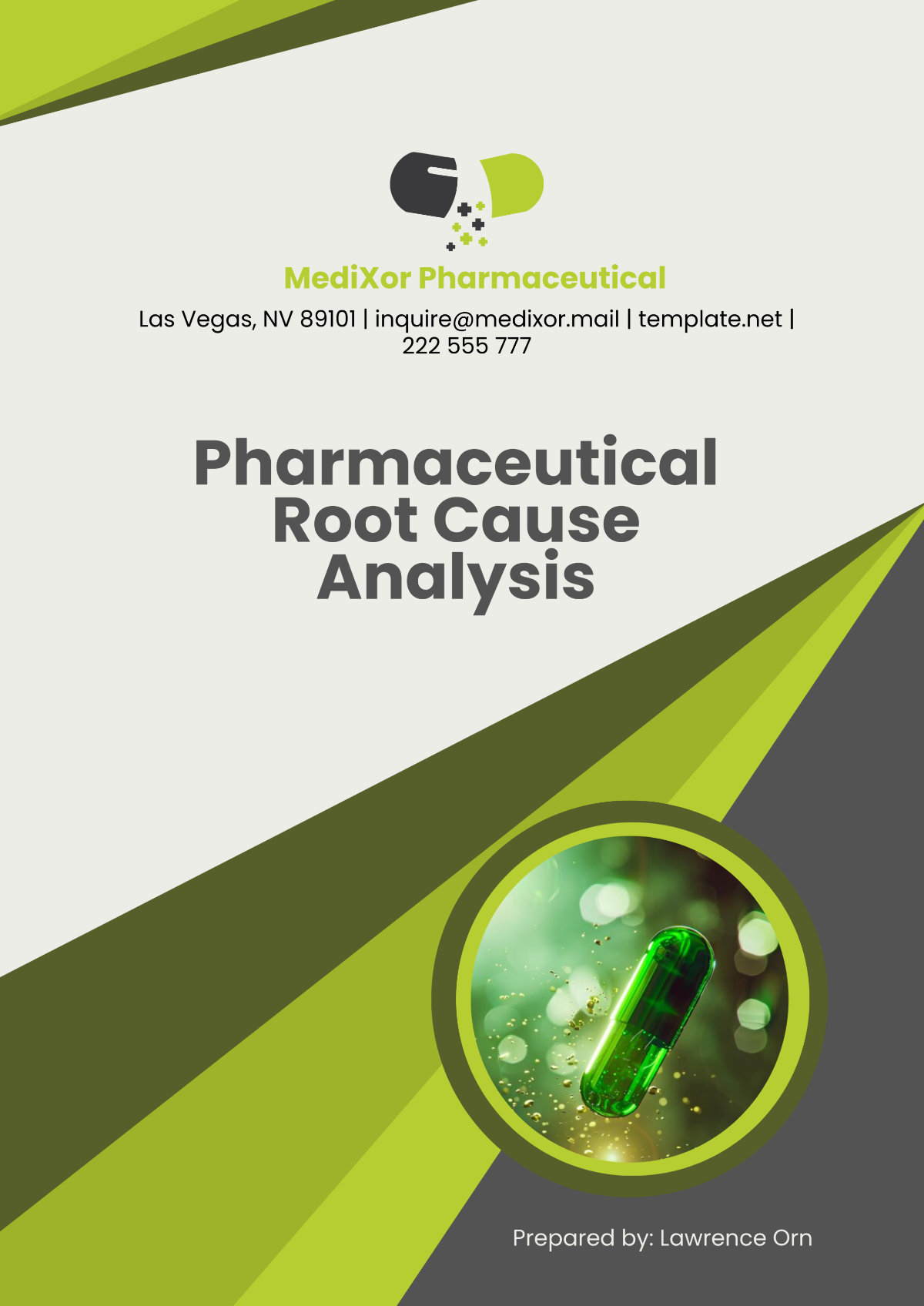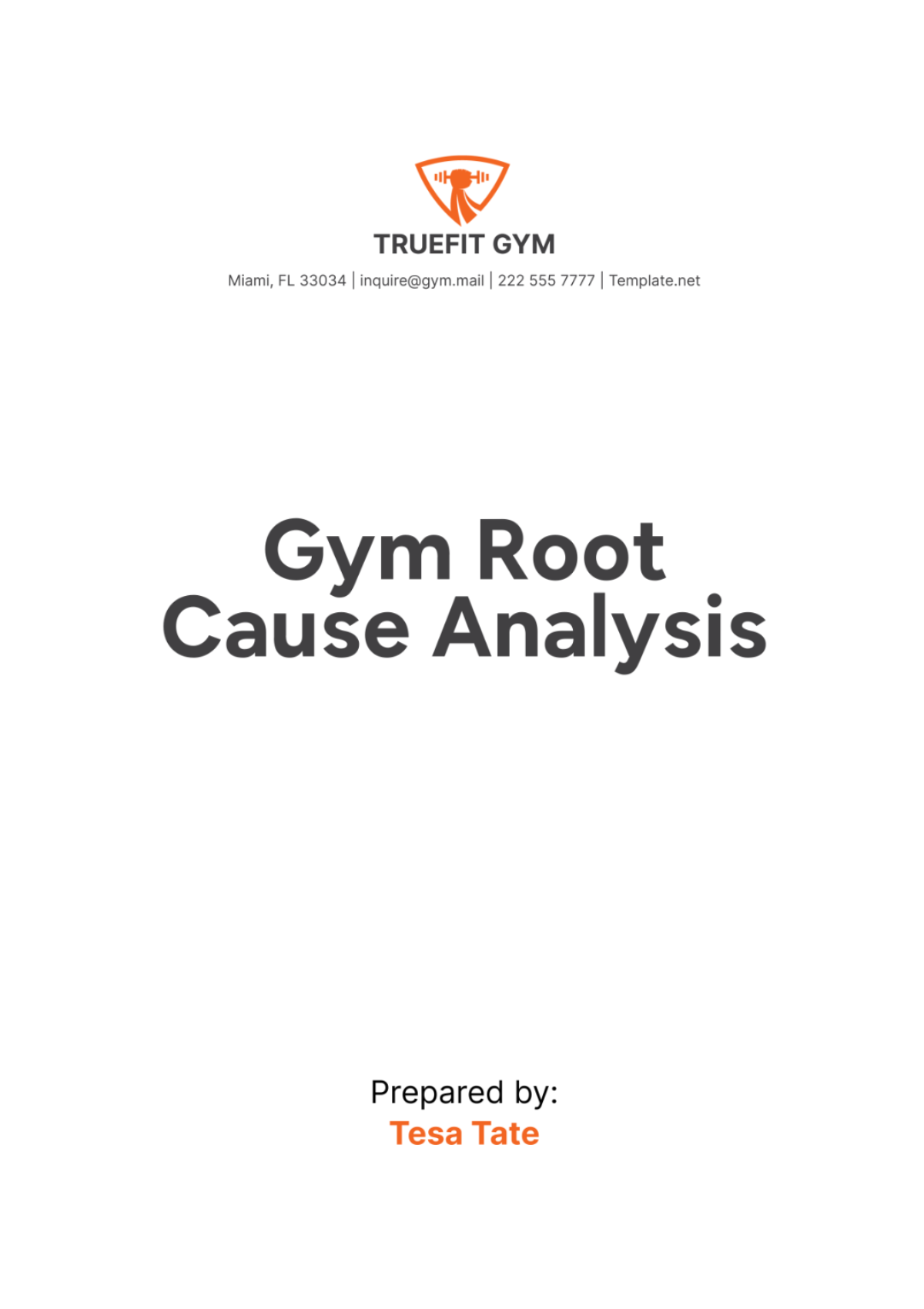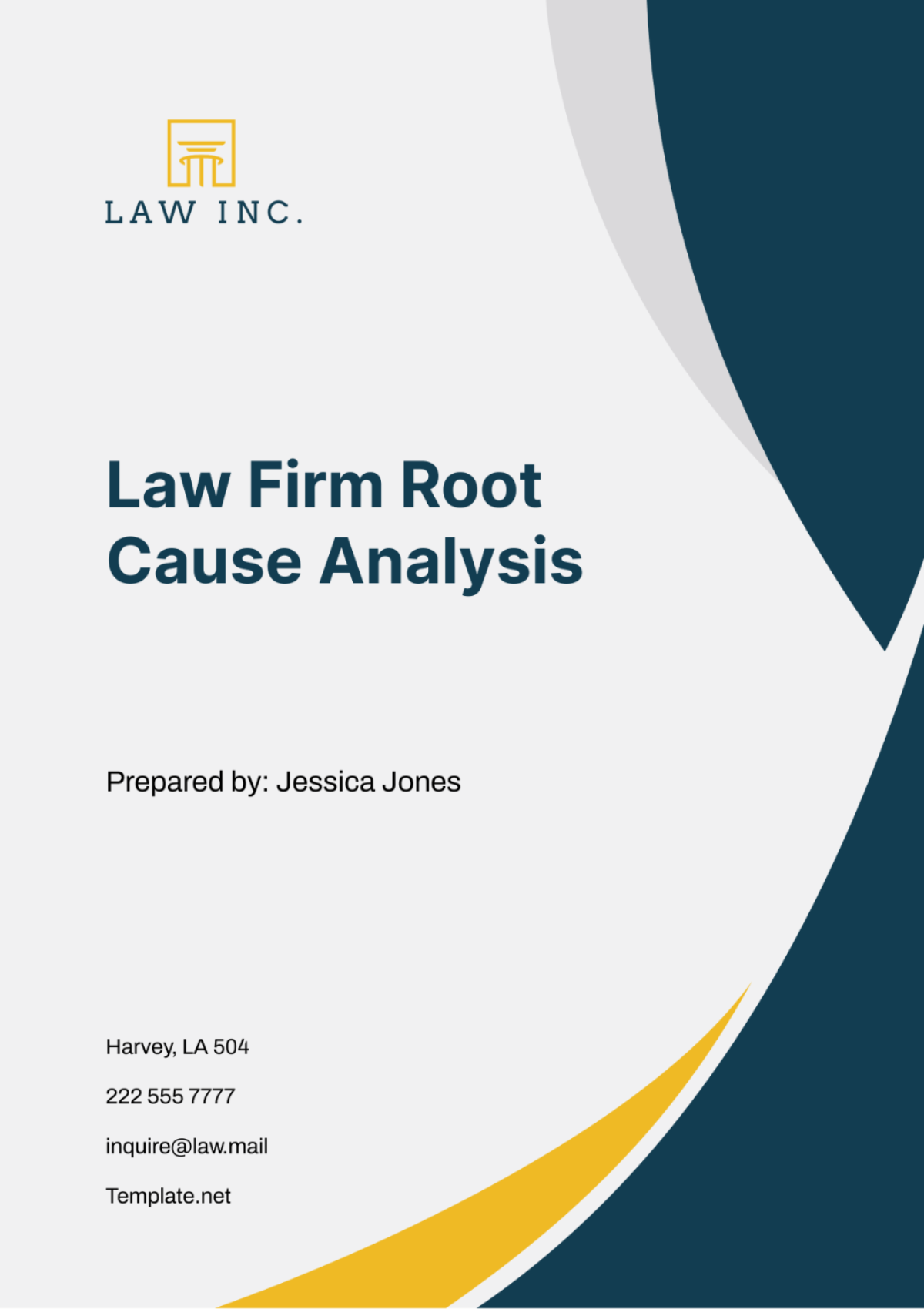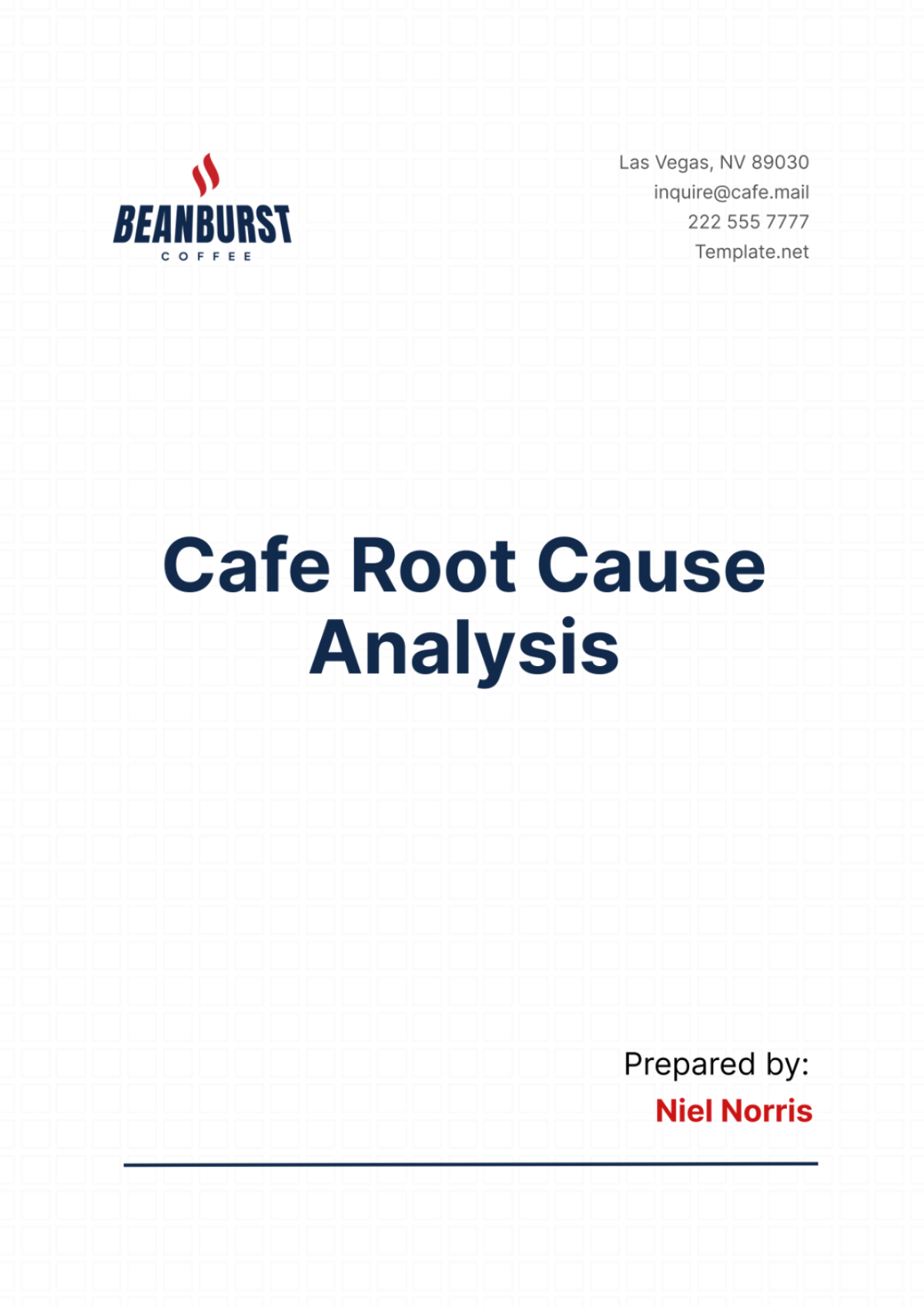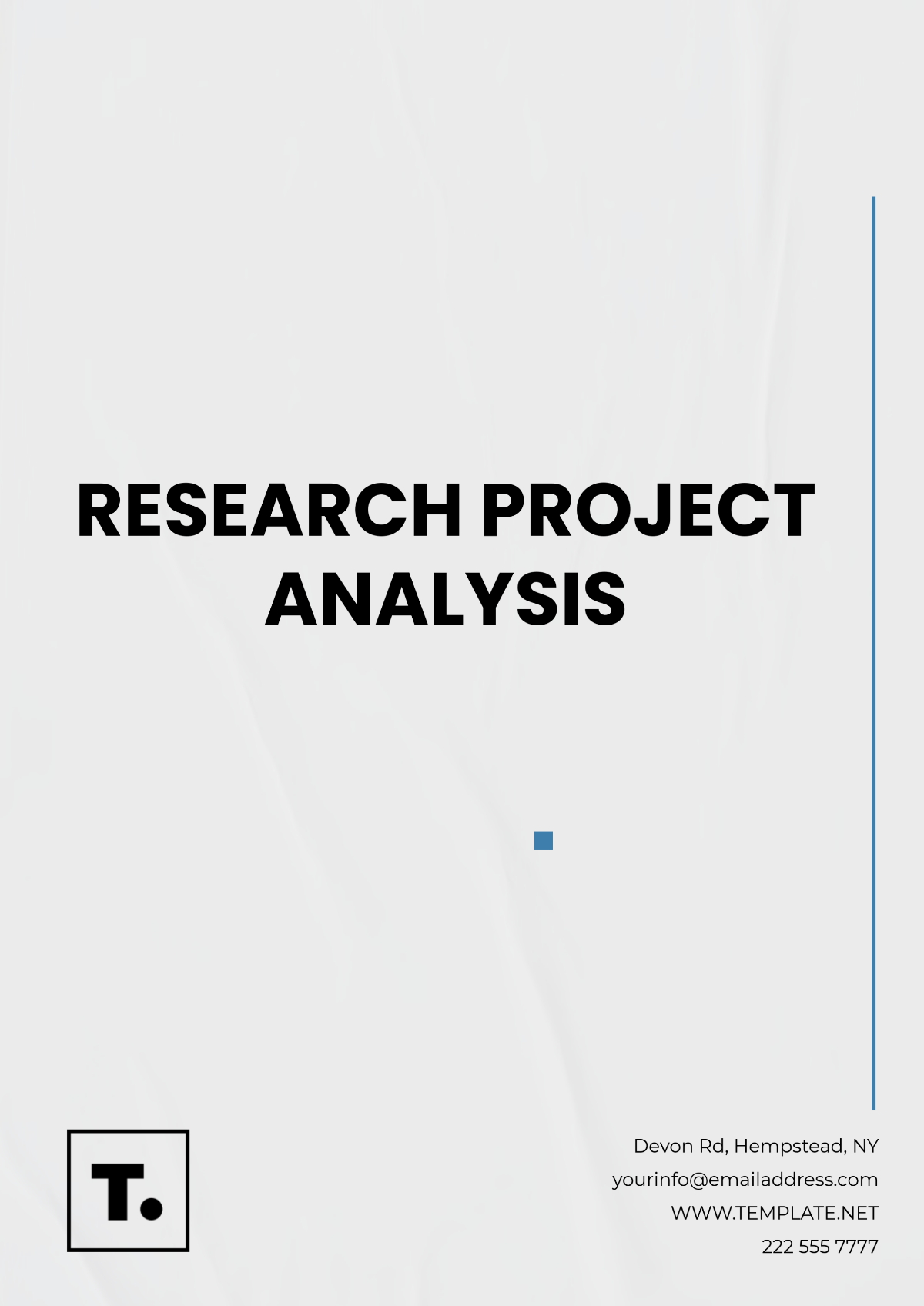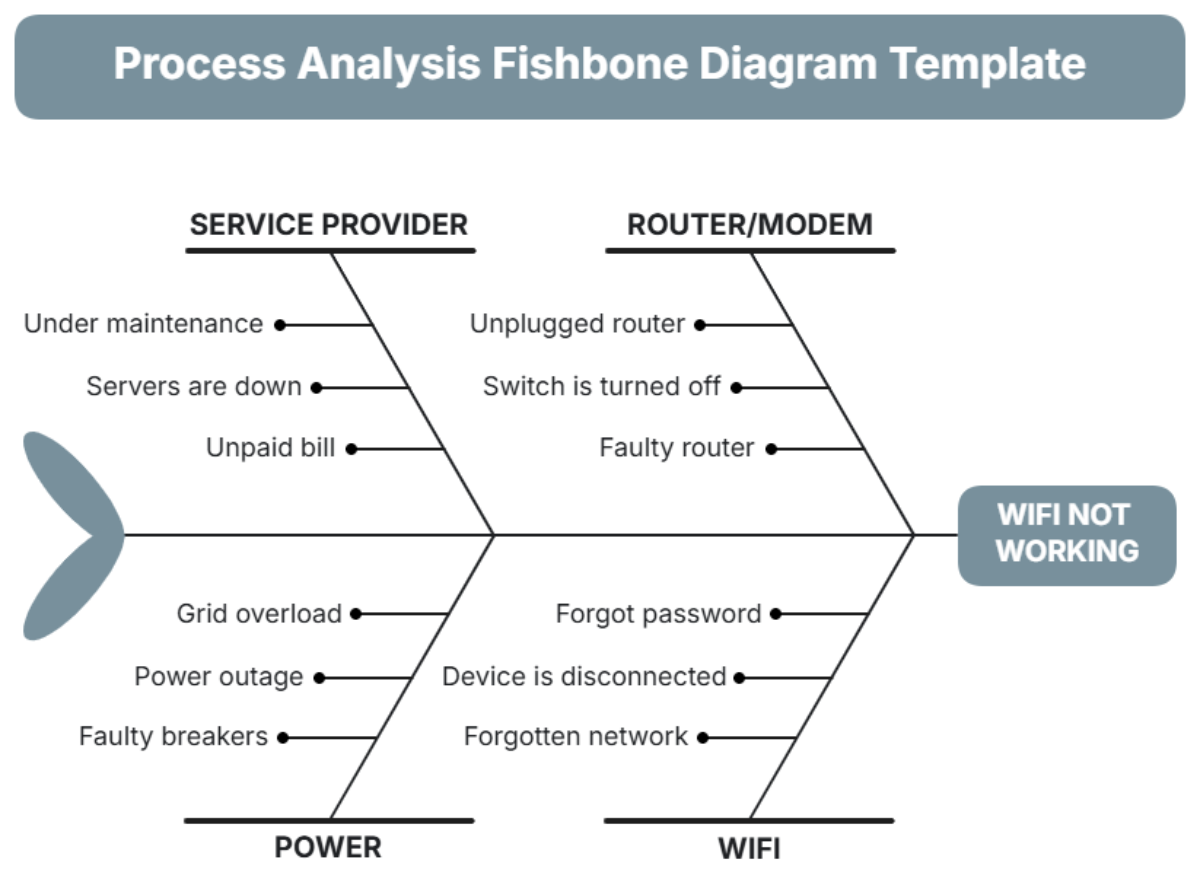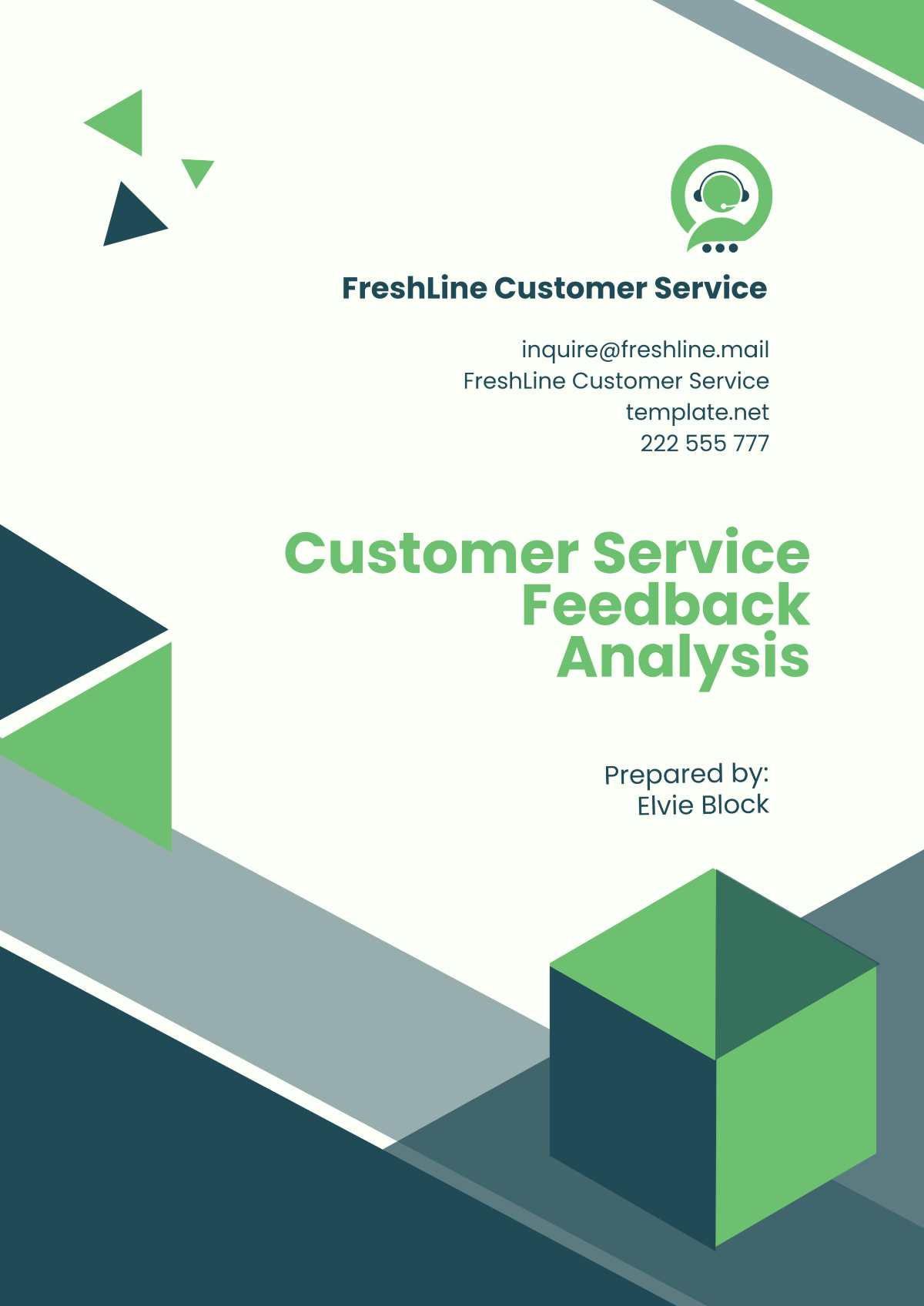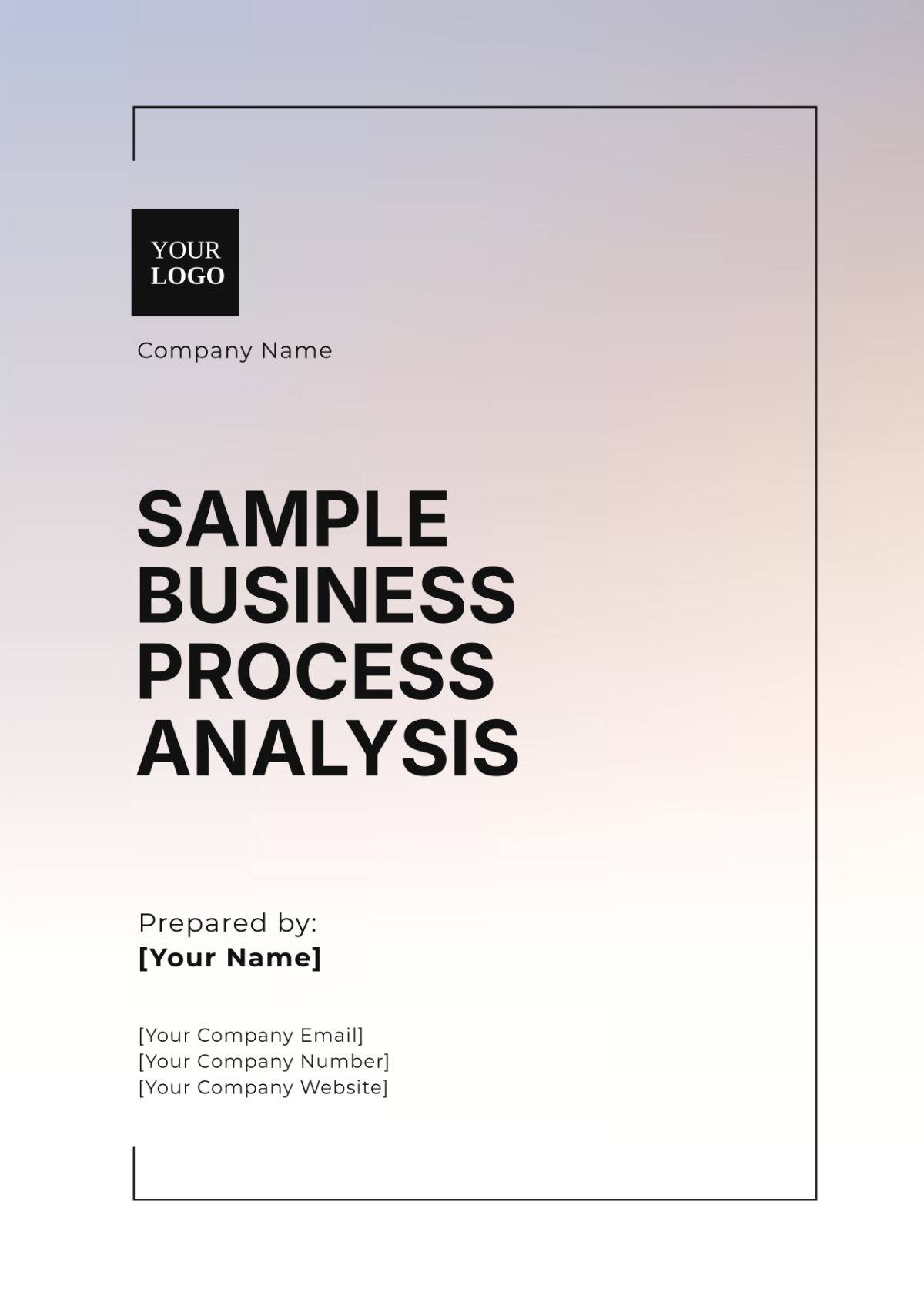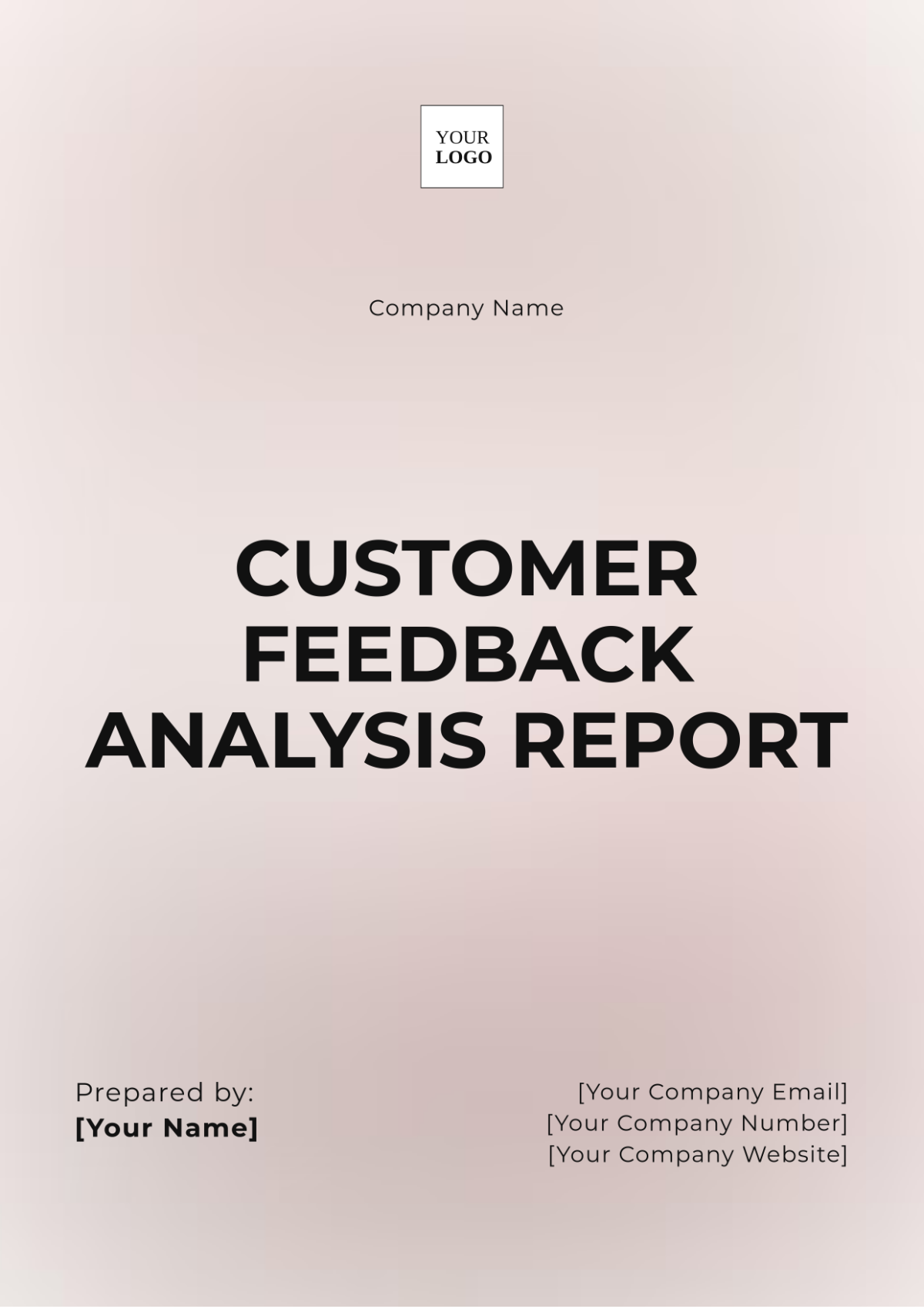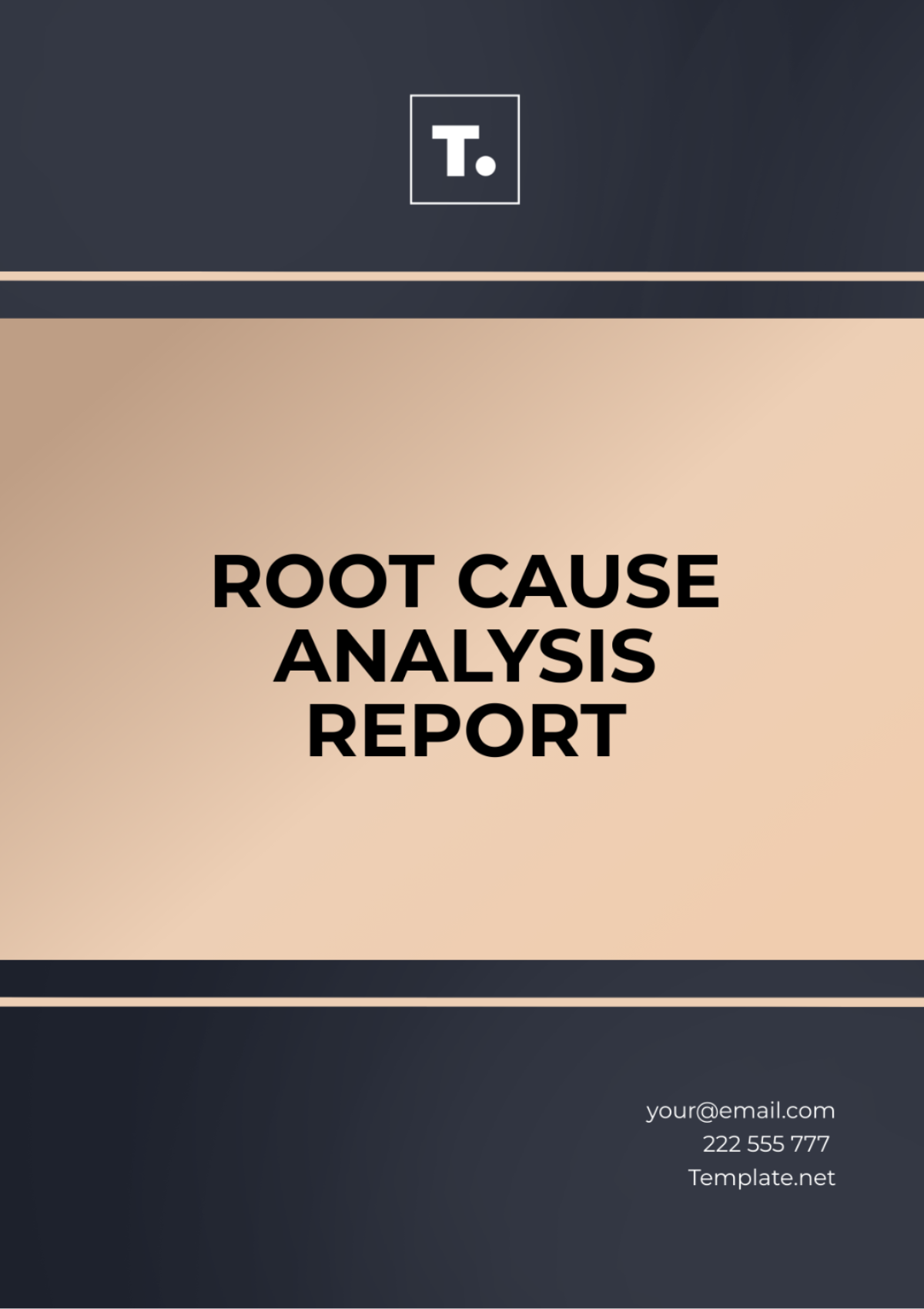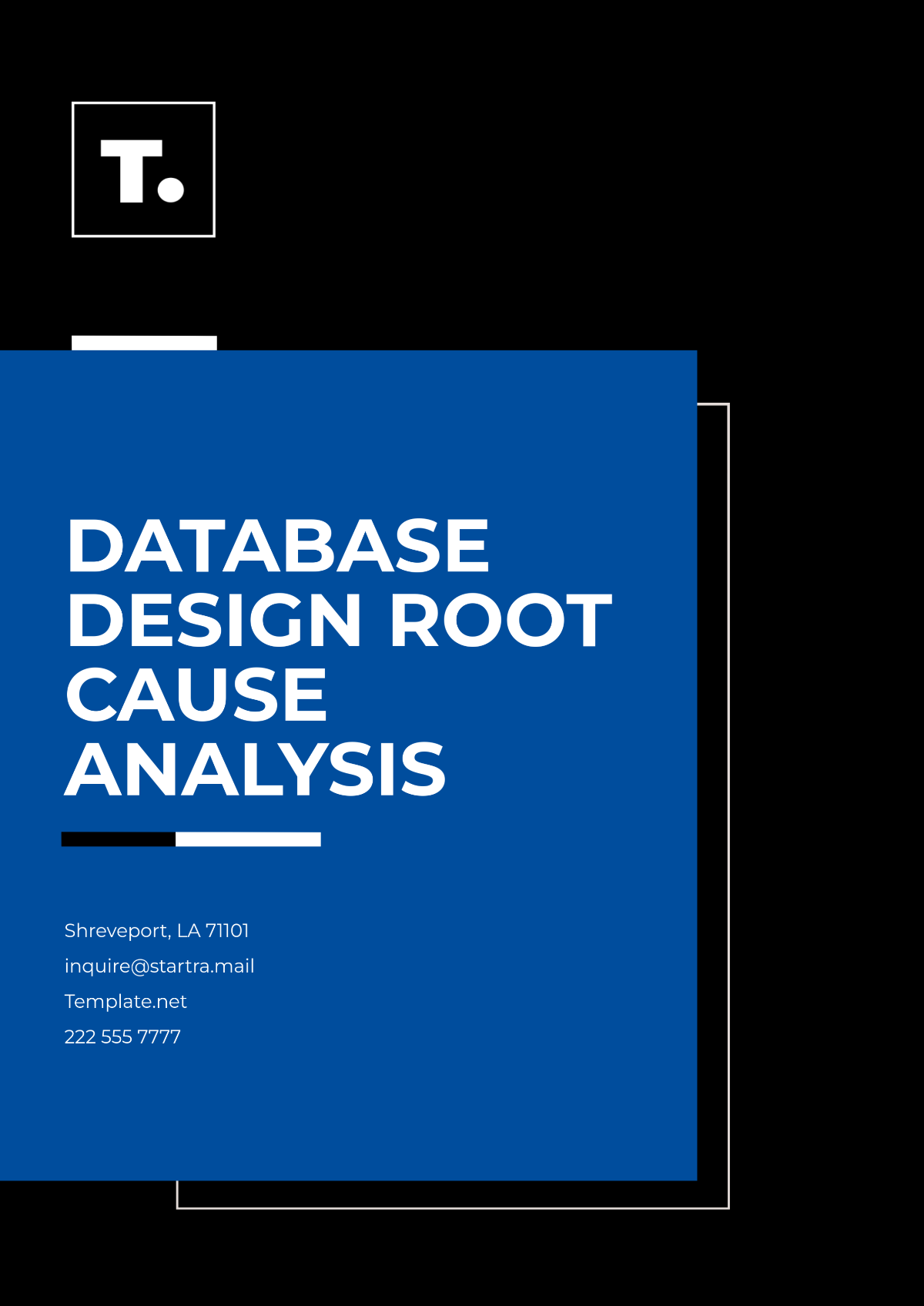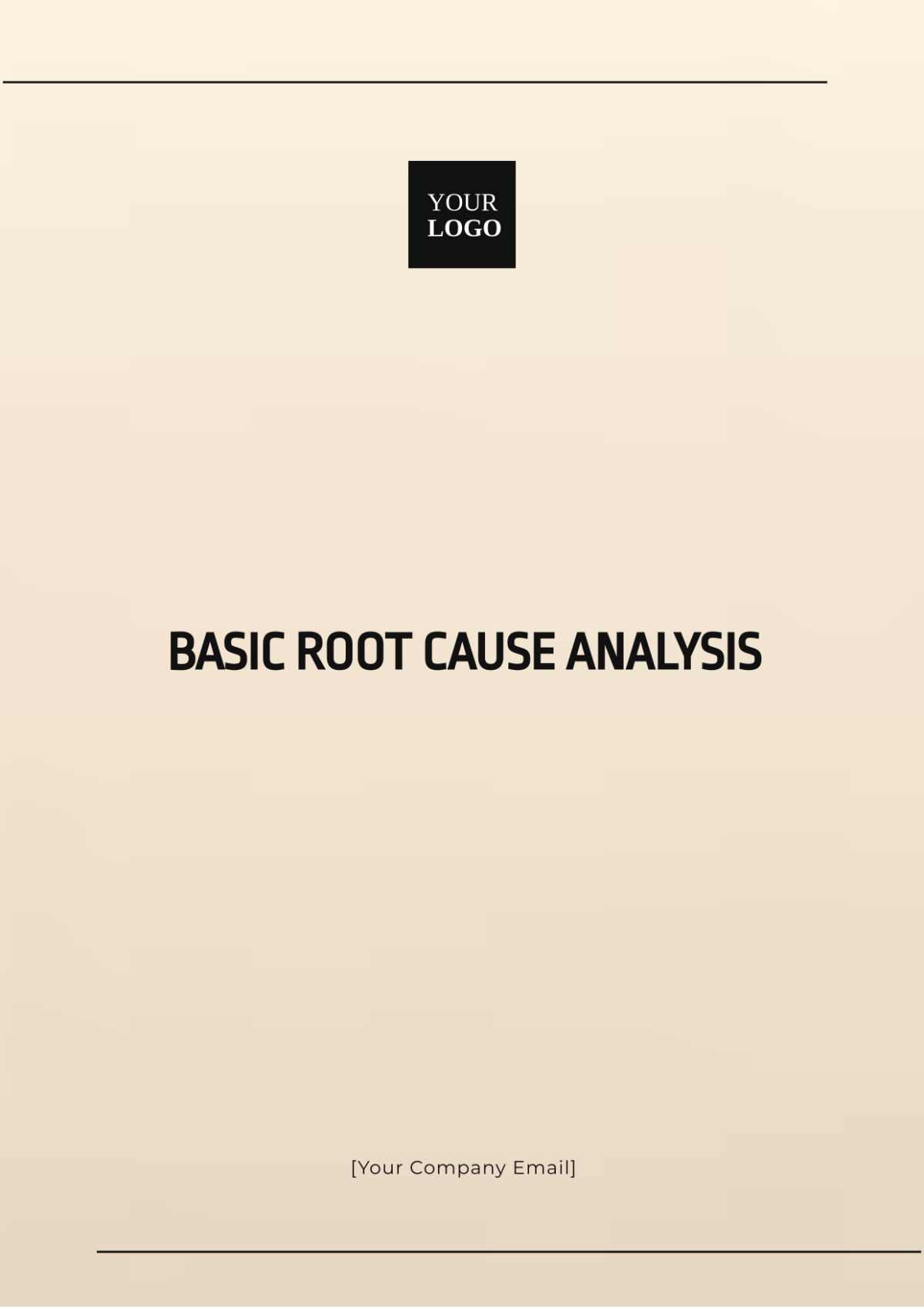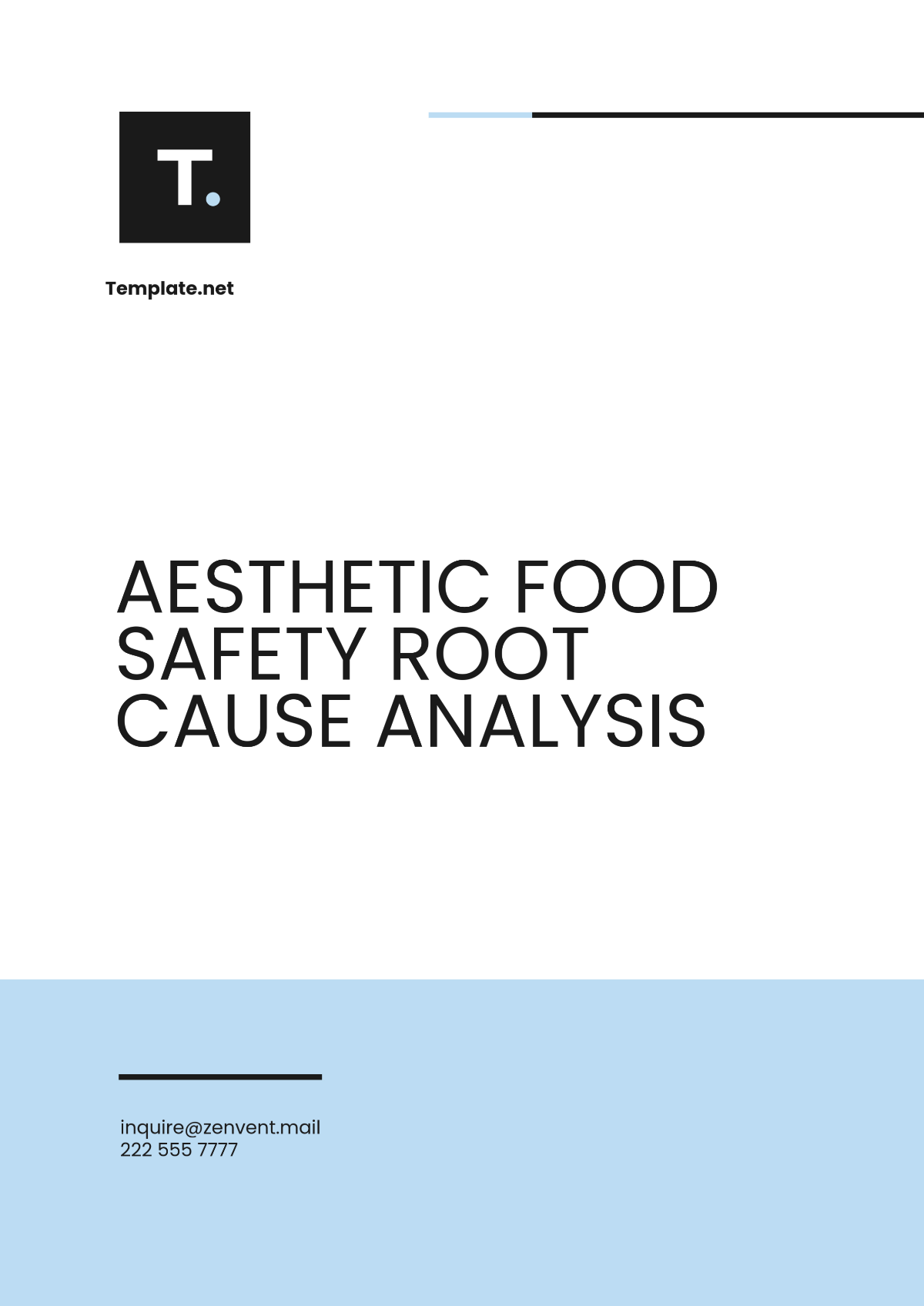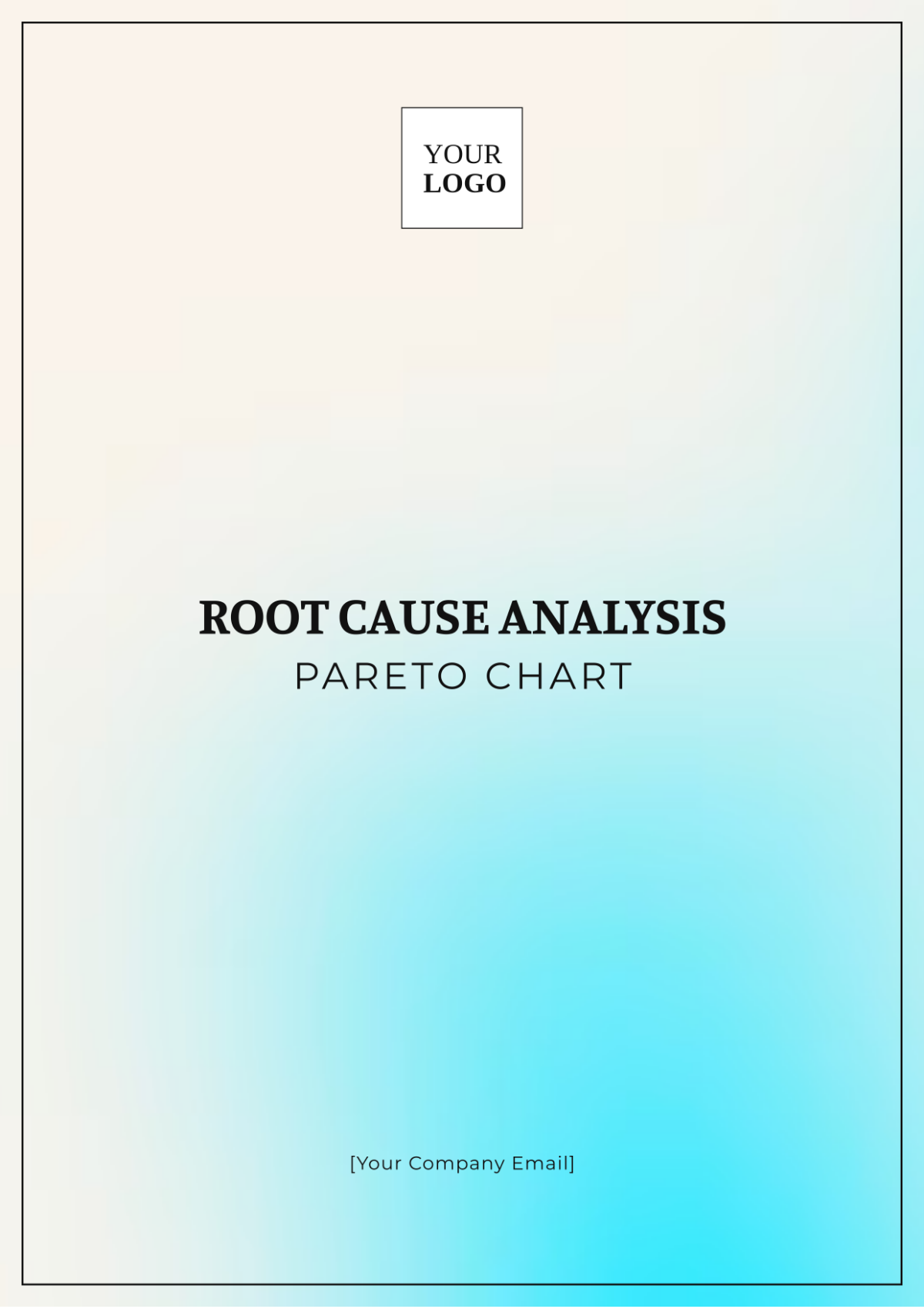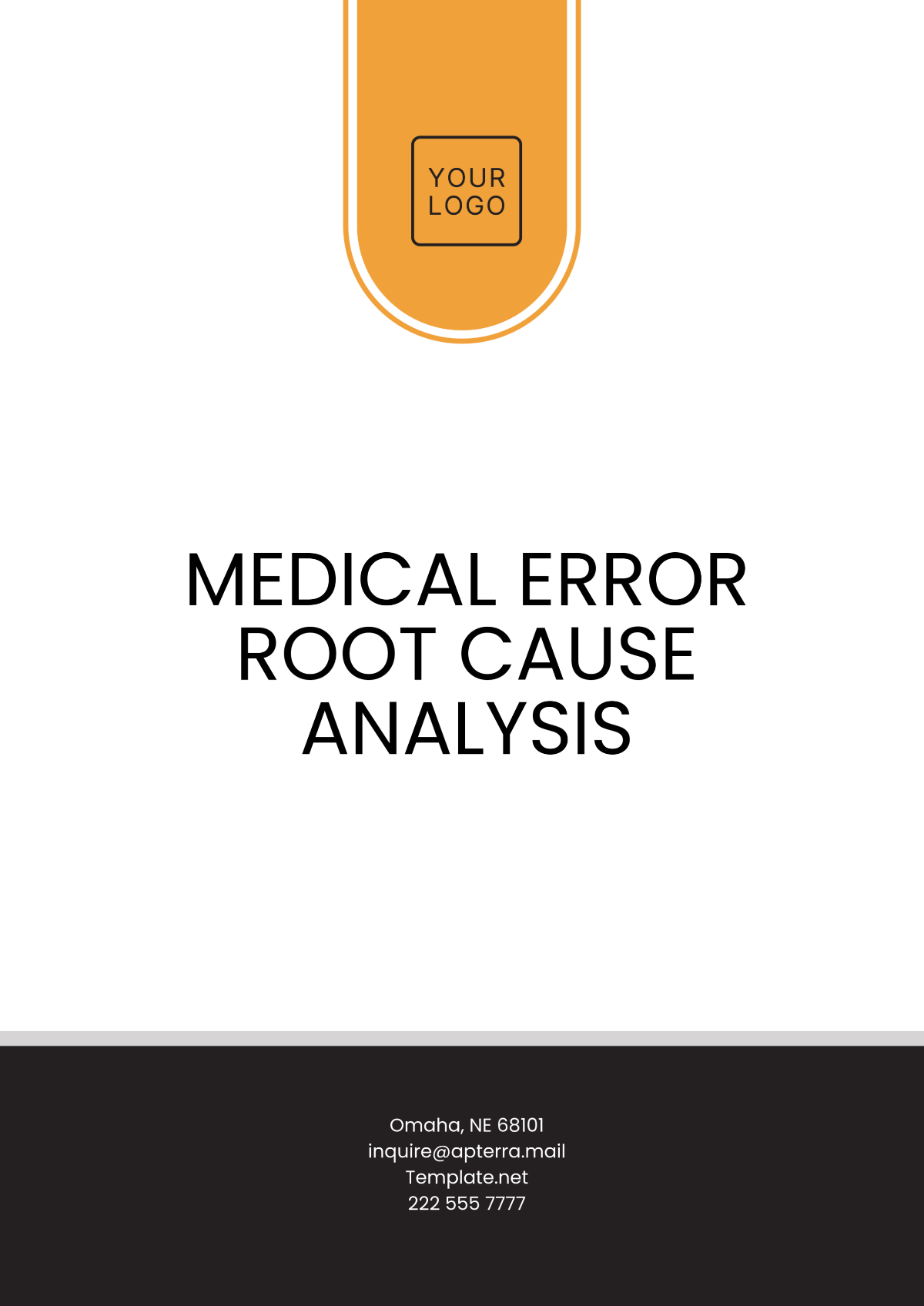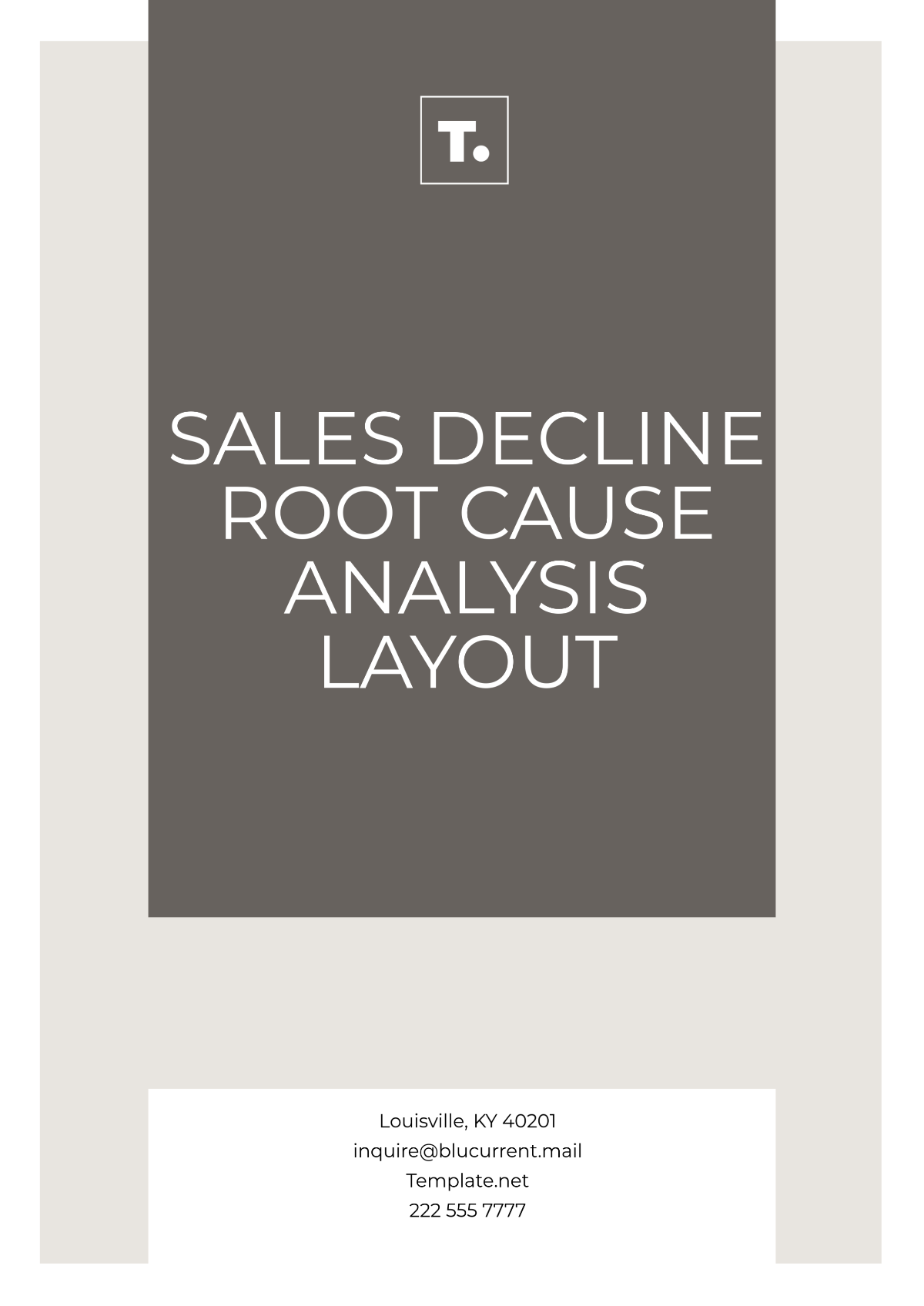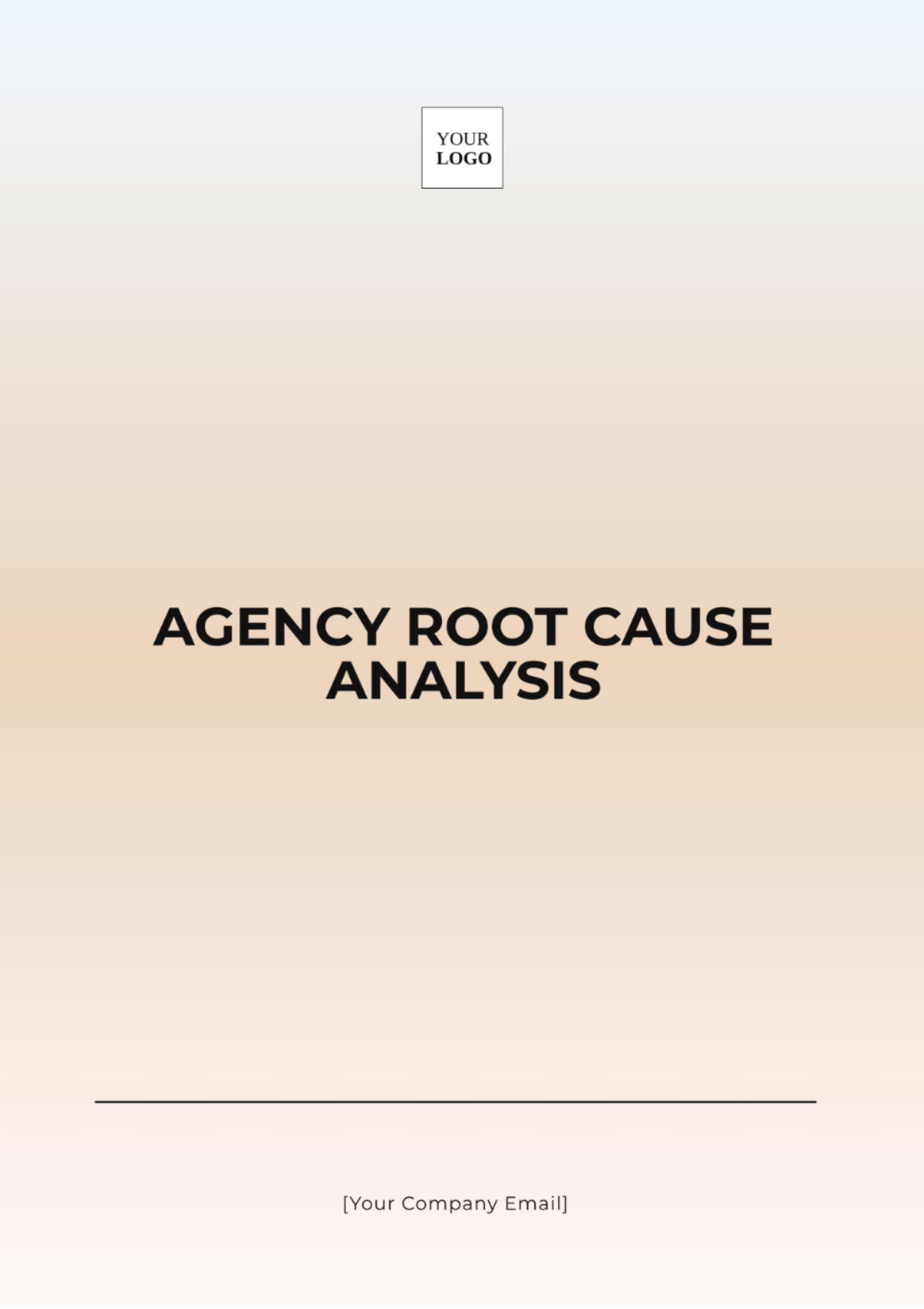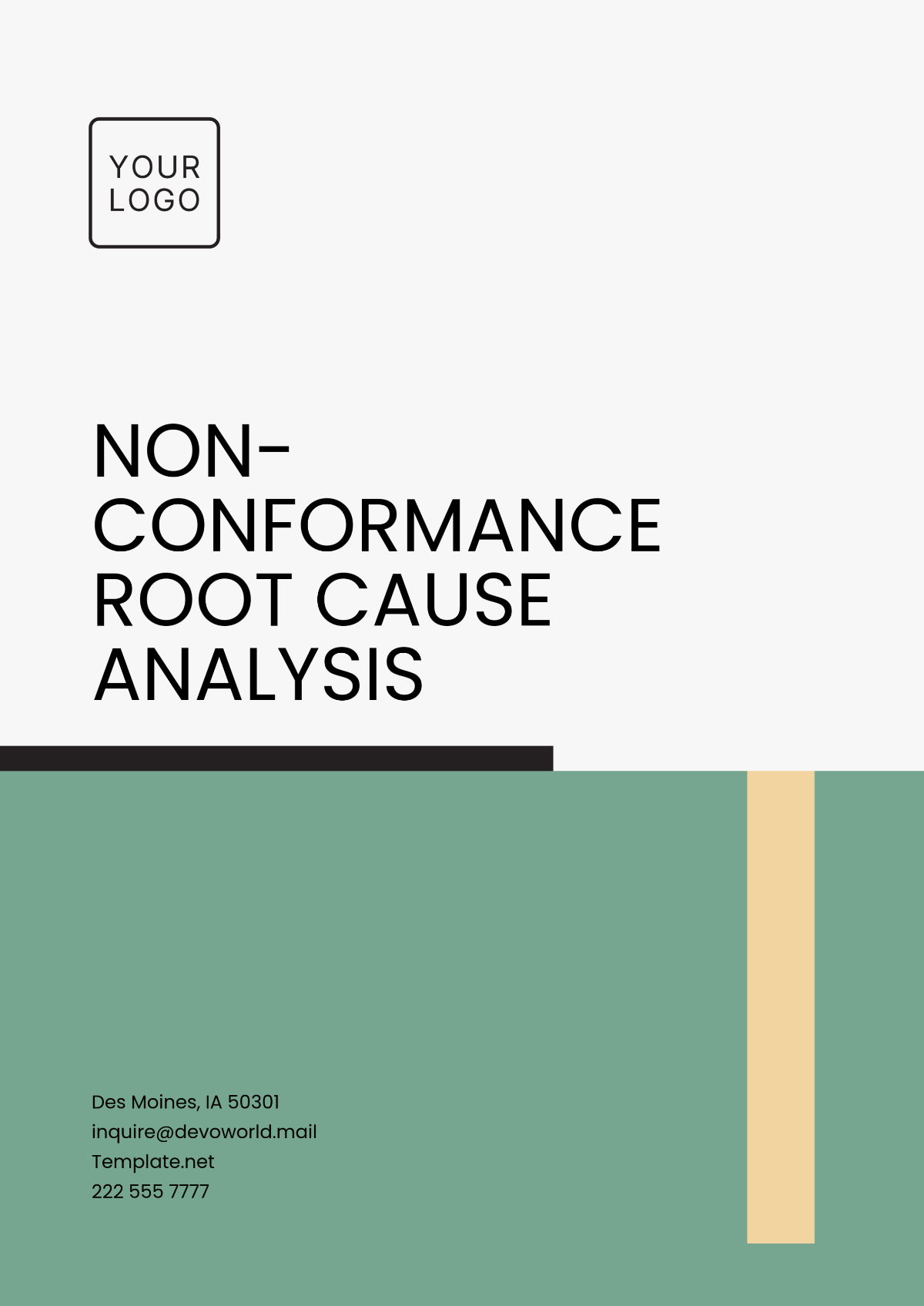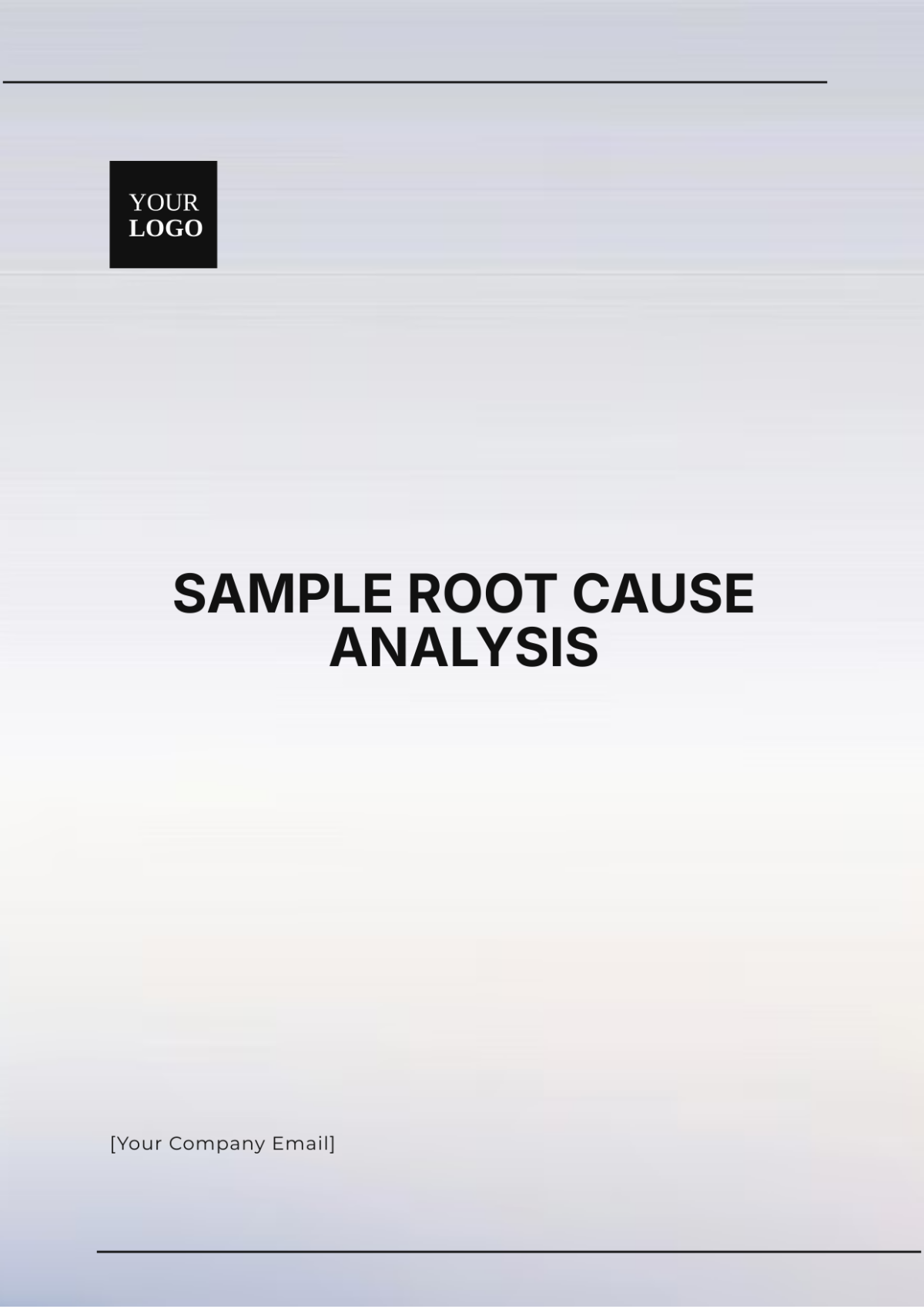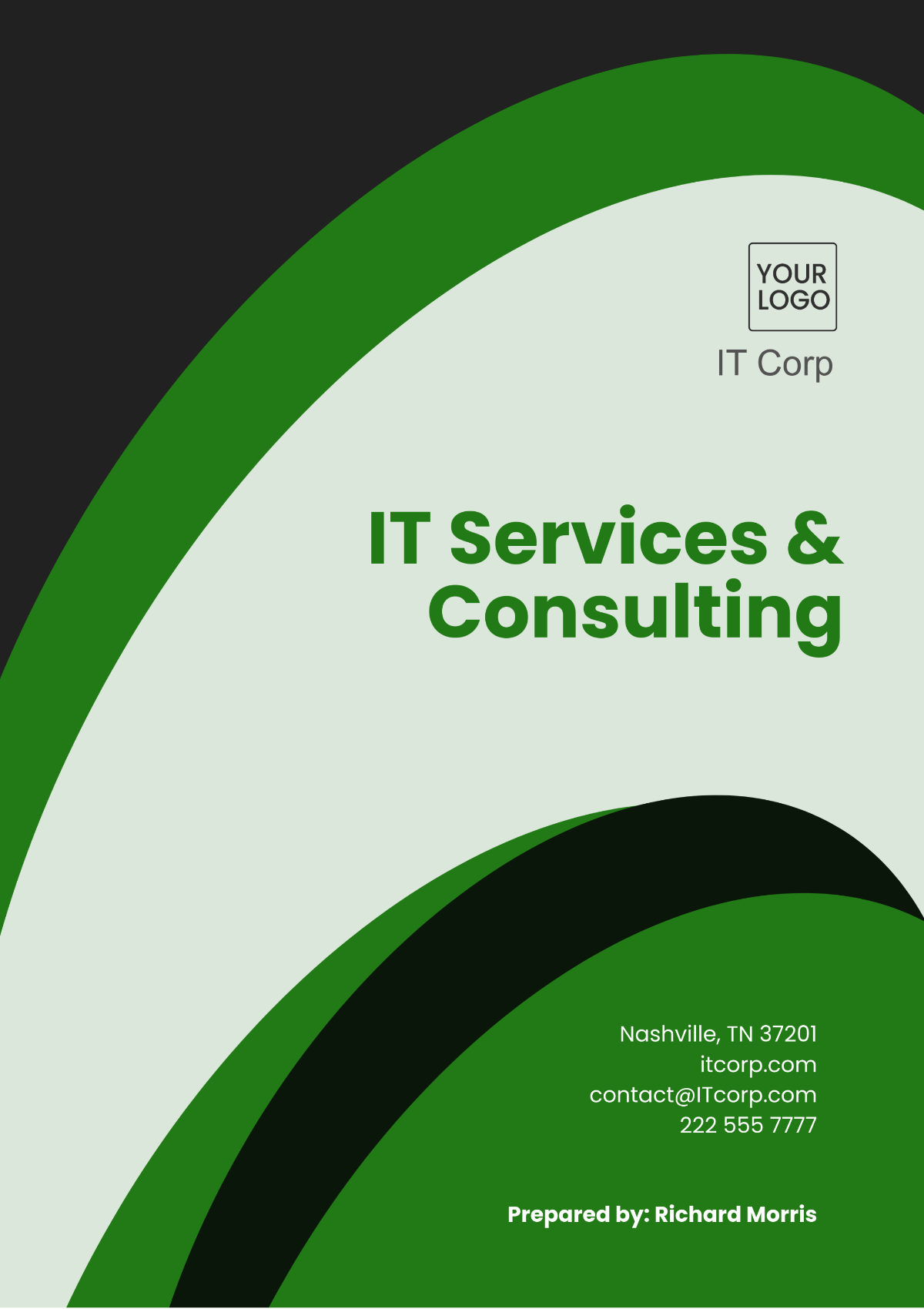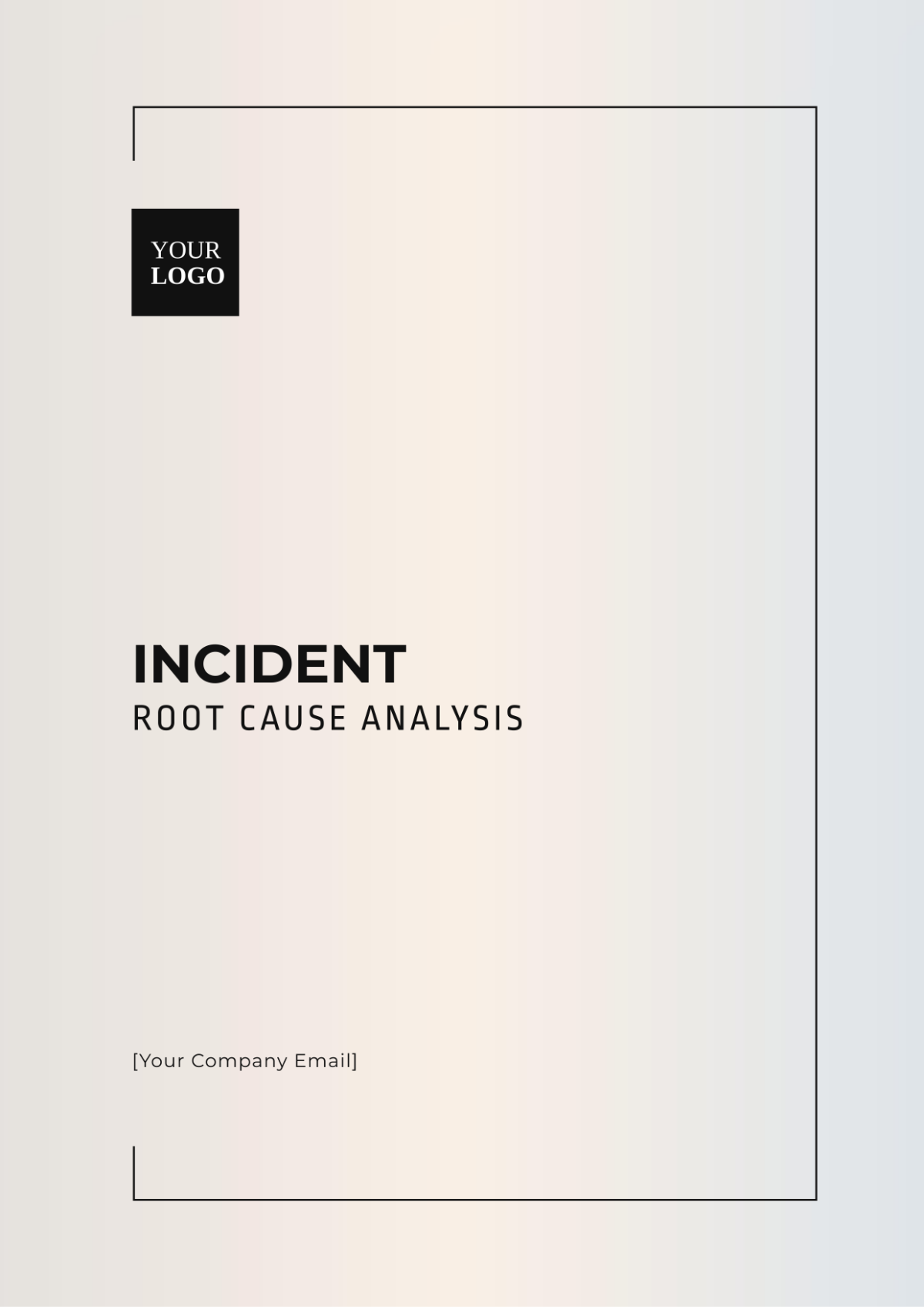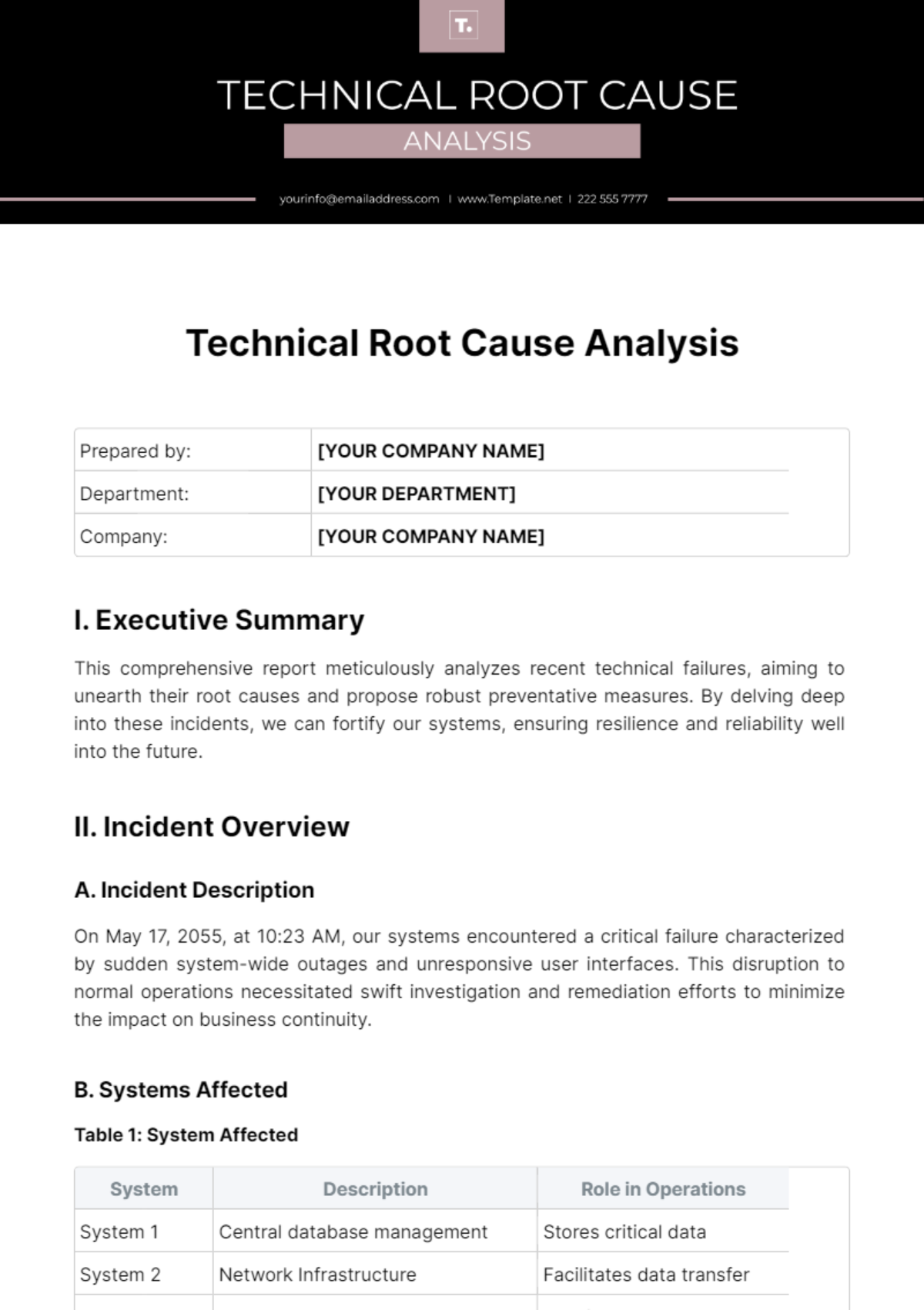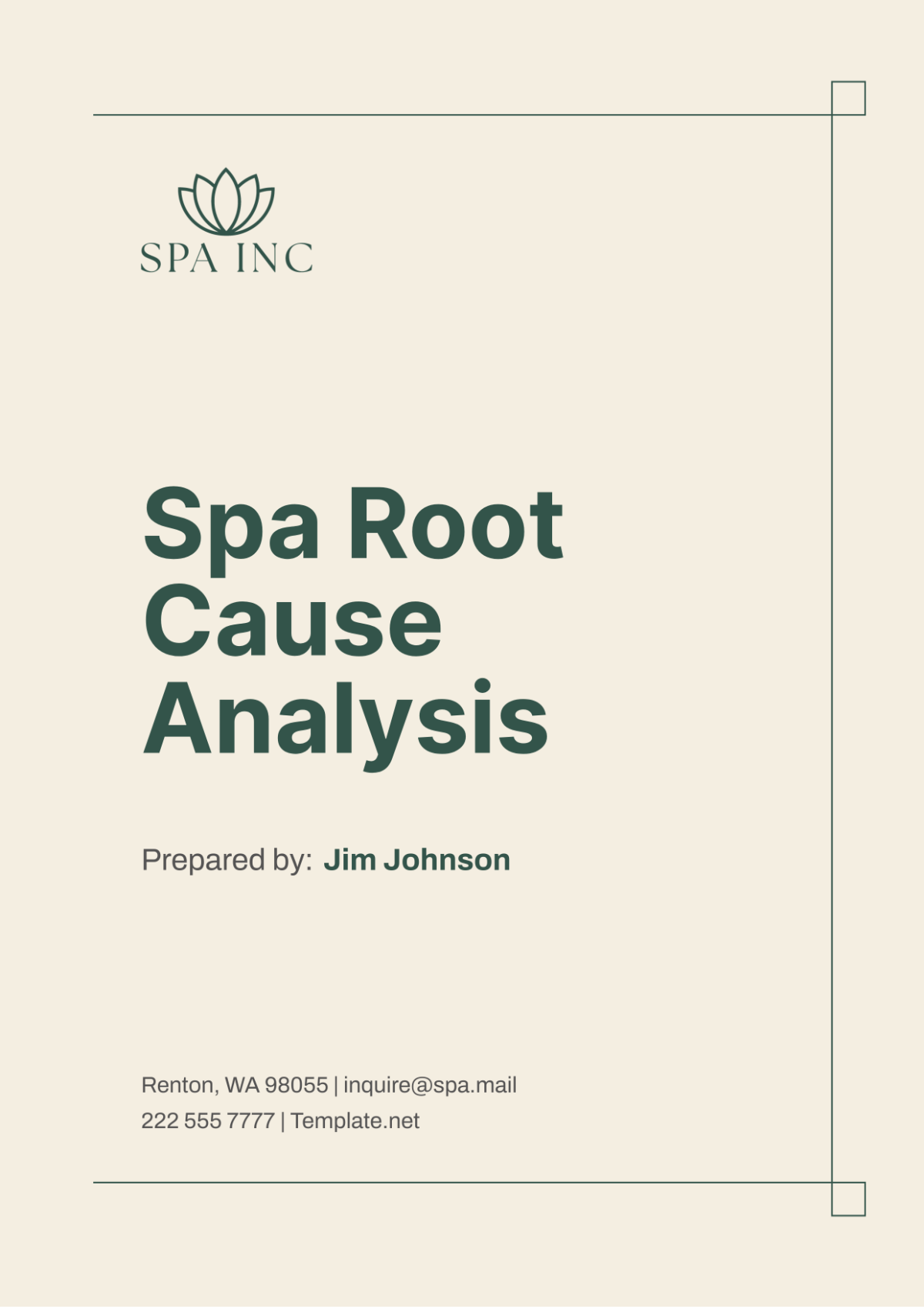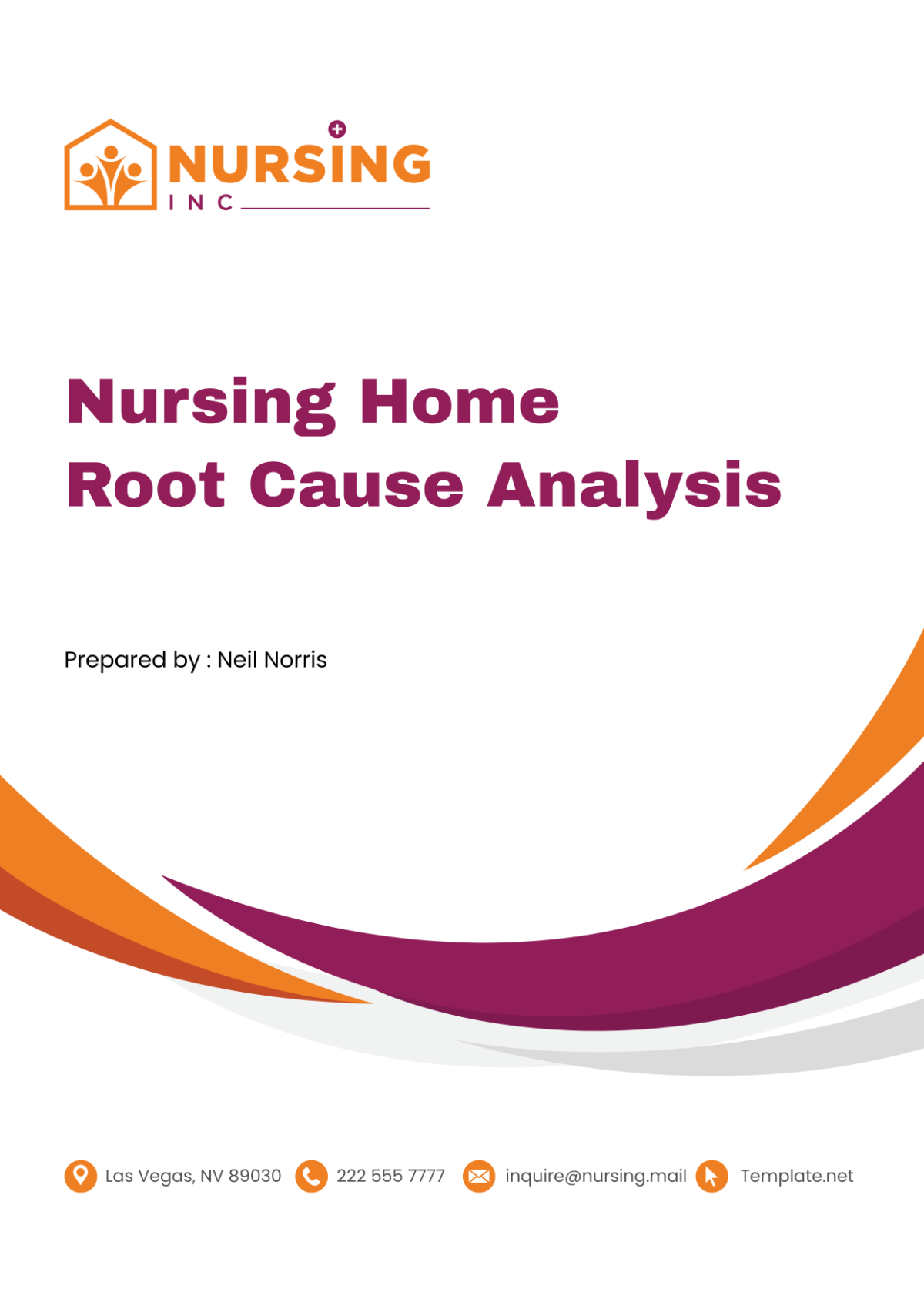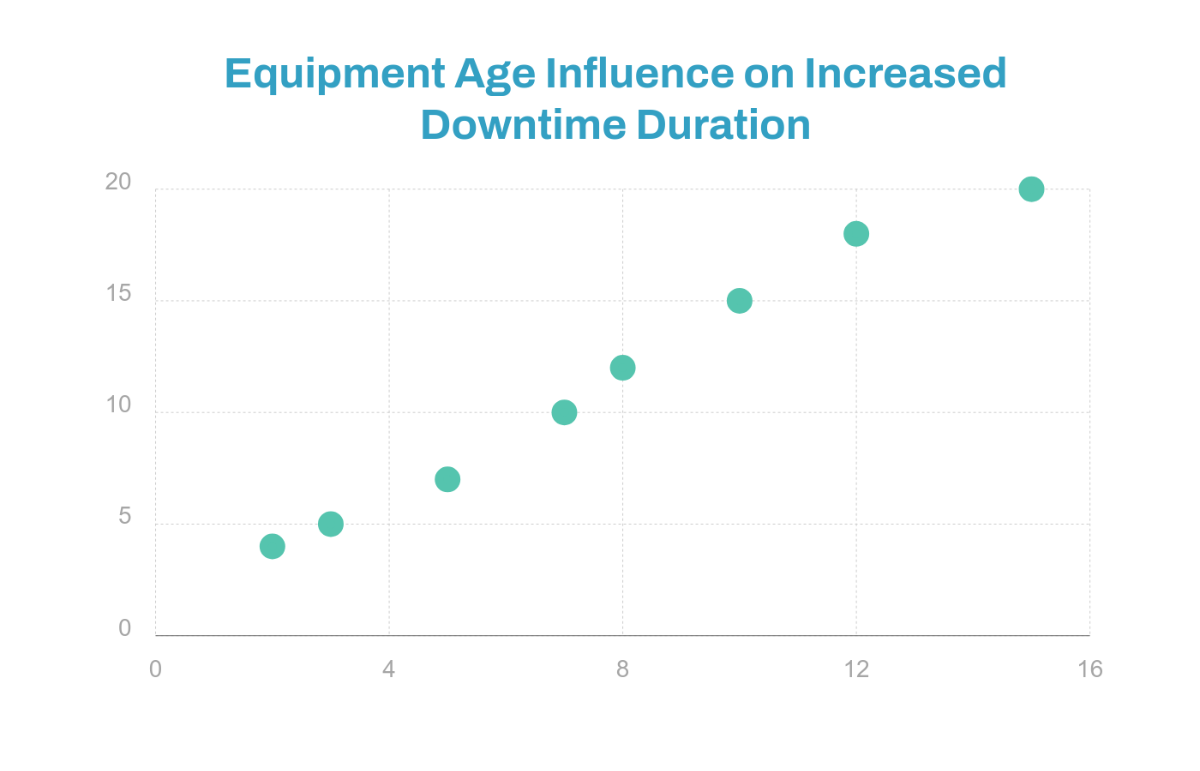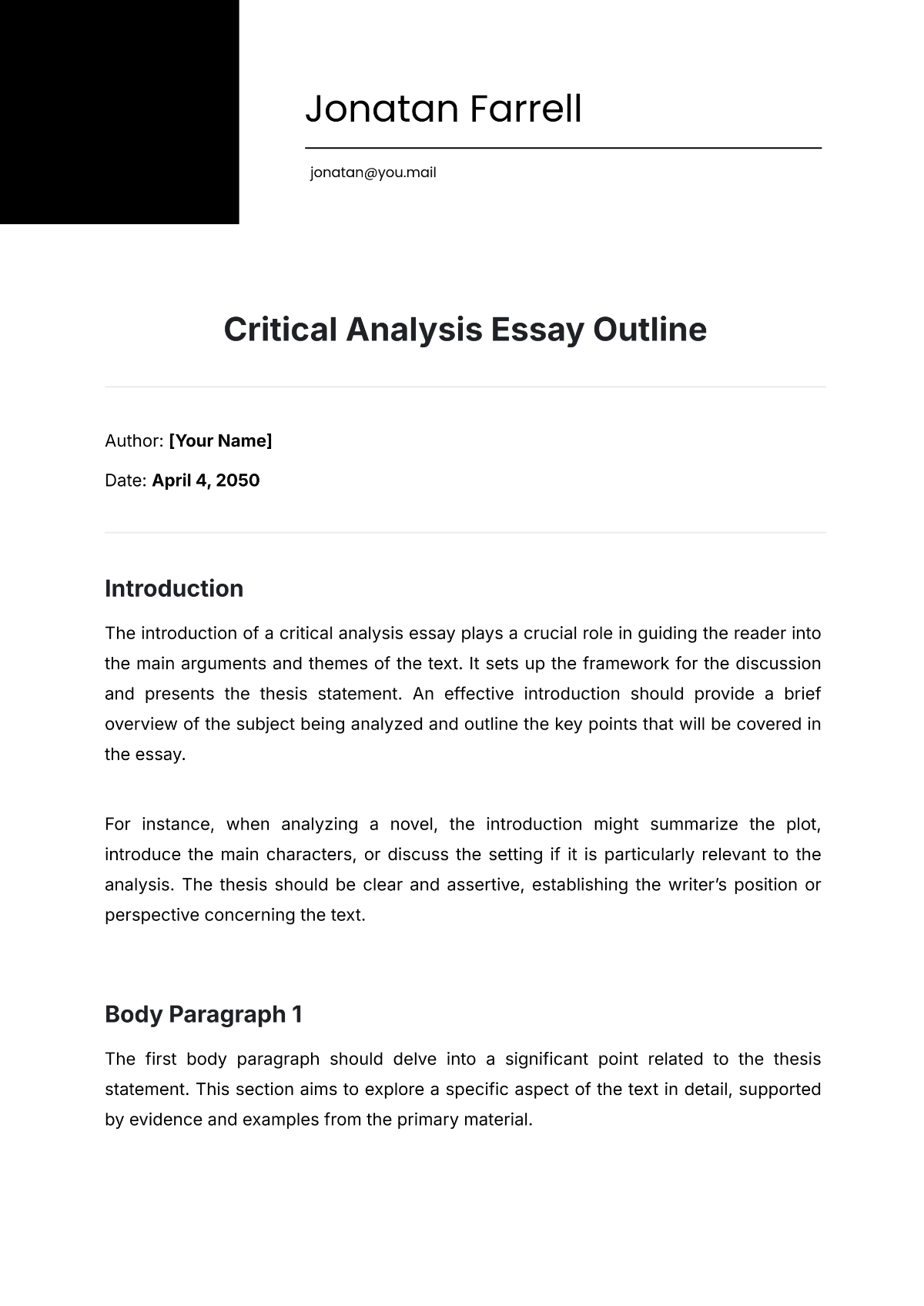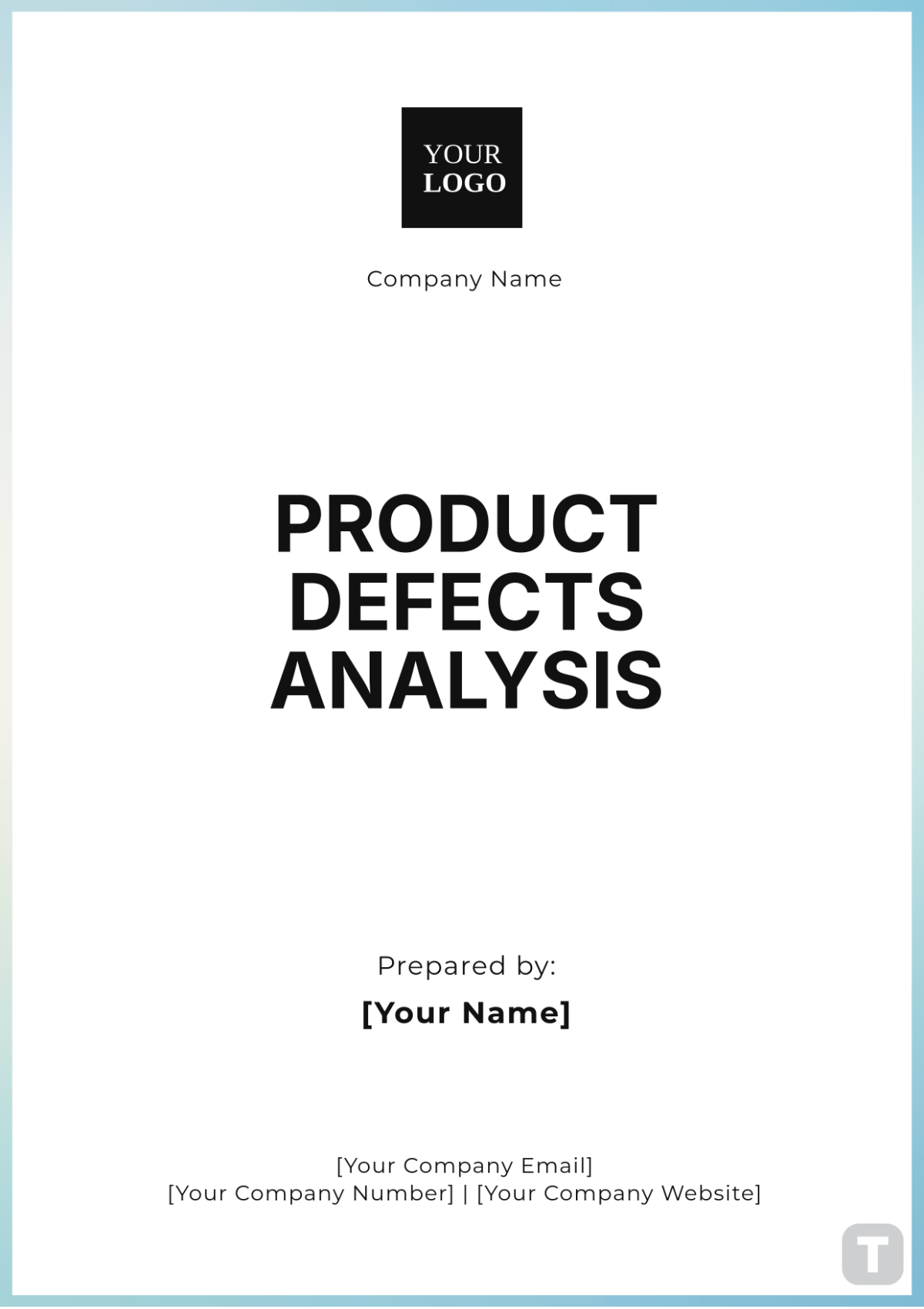Sales Analysis of Monthly Deal Closing Rate
I. EXECUTIVE SUMMARY
In this comprehensive Sales Analysis of Monthly Deal Closing Rate, we delve into the intricate dynamics of [Your Company Name]'s sales performance throughout the months of January and February 2053. The objective is to provide a detailed exploration of the monthly variations in deal closing rates, which are pivotal for crafting agile sales strategies that can adapt to the nuances of diverse industries.
Our approach in this analysis is based on meticulous data collection, statistical analysis, and industry segmentation. This methodology enables us to uncover nuanced trends and patterns that would otherwise remain hidden. The information presented here is versatile and can be applied effectively to a wide range of businesses, regardless of their industry.
The analysis is designed to offer actionable insights and help in crafting strategies that are not just adaptive but also forward-looking. We aim to provide a roadmap for optimizing sales processes, uncovering untapped opportunities, and mitigating risks across various sectors. This report serves as a valuable resource for sales managers, executives, and stakeholders, offering a comprehensive view of our performance in the context of the ever-evolving business landscape.
II. INTRODUCTION
Welcome to the Sales Analysis of Monthly Deal Closing Rate for [Your Company Name]. In 2053, we are committed to not just achieving our sales targets, but to understanding the nuances and dynamics of our sales performance on a month-to-month basis. This document serves as a compass to navigate the ever-evolving business landscape, helping us tailor our sales strategies for different industries.
The year 2053 brings both challenges and opportunities. By scrutinizing our monthly deal closing rates for the month of January and February, we aim to uncover the underlying trends and patterns that drive our sales success. The ability to identify, adapt, and capitalize on these trends is crucial for our competitiveness in a diverse and dynamic market.
Our commitment to excellence extends beyond achieving our targets; it's about understanding and optimizing every facet of our sales process. We invite you to explore the details of our analysis and join us in this journey of continuous improvement.
III. METHODOLOGY
A. Data Collection
To ensure the accuracy and reliability of our analysis for [Your Company Name] in 2053, we meticulously collected data from various sources. This data collection process was a multi-step approach aimed at capturing a comprehensive view of our sales performance:
CRM Systems: We retrieved data from our Customer Relationship Management (CRM) systems, capturing all relevant sales activities, leads, conversions, and deal closures. This data formed the backbone of our analysis.
Sales Team Reports: In addition to automated data extraction, our dedicated sales teams provided monthly reports detailing their activities. This qualitative data was particularly valuable in understanding the nuances of the sales process, including customer interactions and deal-closing challenges.
Market Research: We incorporated market research data to gain a holistic understanding of external factors influencing our sales performance. This included market trends, competitor analyses, and economic indicators.
B. Statistical Analysis
Our analysis process went beyond merely summarizing the data. We employed advanced statistical techniques to unearth hidden patterns and trends within the sales data. These statistical analyses included:
Trend Analysis: Examining historical data allowed us to identify long-term trends and seasonality. This was essential in predicting and explaining variations in monthly deal closing rates.
Correlation Analysis: We explored correlations between various factors, such as marketing spend, lead quality, and deal closure rates. This helped us pinpoint the drivers of success.
Regression Analysis: Regression models were used to predict future deal closing rates based on historical data and external variables. This allowed us to make data-driven sales forecasts.
C. Industry Segmentation
Understanding that the factors influencing deal closure rates can vary significantly by industry, we applied industry segmentation to our data. This segmentation was vital in providing specific insights into how different sectors performed. It involved:
Categorization: We categorized our data into industry-specific segments, with a focus on our primary sectors, such as technology, healthcare, and finance.
Comparative Analysis: By comparing the data from different industries, we identified unique industry trends, challenges, and opportunities. This comparative approach was instrumental in crafting industry-specific recommendations.
IV. MONTHLY DEAL CLOSING RATES
A. January 2053
In January 2053, we observed a deal closing rate of 25%, with a total of 100 deals successfully closed. This initial month set the baseline for our annual sales performance. Several factors contributed to this figure:
Seasonal Lull: January is historically a challenging month for deal closures across various industries. Businesses are recuperating from the holiday season, and decision-making processes often slow down.
Marketing and Outreach: While our marketing efforts remained consistent, the response rate was moderate. The sales team diligently followed up on leads, resulting in a commendable 100 deals closed.
Market Dynamics: Industry-wise, some sectors experienced a temporary slowdown, impacting the overall closing rate.
B. February 2053
February 2053 saw a significant improvement in deal closing rates, with a notable increase to 30%. This was accompanied by a total of 120 deals successfully closed. The month-over-month analysis provides valuable insights:
Recovery and Momentum: Post the January slowdown, our sales team regained momentum in February. This was reflected in the substantial rise in deal closure rates, indicating a capacity for resilience and adaptation.
Strategic Product Launch: In the technology sector, we successfully launched a new product that garnered substantial interest and contributed significantly to the improved deal closure rate. This reinforces the importance of aligning sales efforts with product releases.
Industry-Specific Variation: The healthcare sector maintained a steady deal closing rate, highlighting the consistency of sales in this domain.
V. KEY FINDINGS
In our thorough analysis of the monthly deal closing rates for January and February 2053, several key findings have emerged, shedding light on the performance of [Your Company Name] across diverse sectors. These findings are essential for shaping our strategies and ensuring continued success:
A. Seasonal Variations Impact Performance
The most notable finding from our analysis is the significant impact of seasonal variations on deal closure rates. We observed that deal closing rates exhibited fluctuations throughout the year, with certain months consistently outperforming others. This finding implies that our sales performance is not solely dependent on internal factors but is also influenced by external factors, such as industry-specific events, holidays, and market dynamics.
For instance, January 2053 recorded a deal closing rate of 25%, indicating a relatively slow start to the year. However, February 2053 saw a substantial improvement, with a deal closing rate of 30%. This 20% increase in deal closure rates from January to February suggests a strong correlation between specific industry-related events and sales performance.
B. Industry-Specific Insights
Our analysis also revealed that deal closure rates vary significantly across different industries. This industry-specific analysis is crucial for tailoring our sales strategies to the unique characteristics of each sector.
Technology Sector
In the technology sector, February 2053 witnessed a remarkable surge in deal closures. This can be attributed to a successful product launch, indicating that timely product releases can have a substantial impact on deal closure rates. To capitalize on this trend, we should focus on aligning product launches with periods of heightened customer interest.
Healthcare Sector
The healthcare sector, in contrast, demonstrated relatively steady deal closing rates throughout the year. This stability suggests that healthcare sales are less influenced by seasonal factors and more dependent on consistent, long-term relationships. For this sector, we recommend exploring specialized marketing campaigns to boost results while maintaining these steady deal closure rates.
C. Progress Towards Annual Target
A positive finding is that, overall, [Your Company Name] is making steady progress towards achieving its annual deal closure targets. While the early months of the year may see variations, the trends indicate that by implementing adaptive strategies, we can anticipate meeting and even surpassing our yearly goals.
These findings underscore the importance of closely monitoring and analyzing monthly deal closure rates. By recognizing the influence of seasonality and the unique dynamics of different industries, we can fine-tune our sales strategies for greater success.
VI. INDUSTRY-SPECIFIC ANALYSIS
In the ever-changing landscape of sales, it is imperative to dissect the data further to understand how different industries respond to our sales efforts. In 2053, we delved into the dynamics of two key sectors, Technology and Healthcare, to gain industry-specific insights.
A. Technology
February 2053 - Surge in Deal Closures
February witnessed a notable surge in deal closures within the technology sector. This upswing can be primarily attributed to the successful launch of a cutting-edge product that garnered immediate attention from our tech-savvy customer base. The appeal of this innovative offering led to an increase in the conversion rate of leads.
Key Observations
The introduction of a pioneering product had a substantial impact on deal closure rates.
Customer engagement levels were exceptionally high, indicating a strong interest in new technology solutions.
With such a positive response, we anticipate sustained growth in this sector throughout the year.
Anticipated Trends
As we move forward, we expect the tech sector's deal closing rates to remain robust. The continuous innovation in the technology field, combined with the keen interest of consumers in new solutions, bodes well for our sales performance. However, we must remain agile and adapt to changes in technology trends and customer preferences.
B. Healthcare
Steady Deal Closing Rates
The healthcare sector, on the other hand, exhibited steady deal closing rates, maintaining a consistent performance from January to February 2053. This sector's sales are less susceptible to immediate market fluctuations, and the demand for healthcare solutions remains constant.
Key Observations:
Sales within the healthcare sector were characterized by consistent month-to-month performance.
The stability in deal closing rates signifies the industry's resilience to market fluctuations.
While this stability is reassuring, it also presents an opportunity to explore specialized campaigns for further growth.
C. Opportunities for Specialized Campaigns
Recognizing the steady performance of the healthcare sector, we have identified opportunities for tailored campaigns. By leveraging the industry's reliability, we can develop specialized strategies that resonate with healthcare professionals and organizations. This approach can foster stronger client relationships and, subsequently, boost our deal closing rates.
VII. RECOMMENDATIONS
The insights gathered from the analysis of monthly deal closing rates in January and February 2053 reveal several actionable recommendations to further enhance [Your Company Name]'s sales performance across diverse industries.
A. Leverage Seasonal Trends
Understanding the seasonal variations in deal closure rates is pivotal. To capitalize on these trends, consider the following actions:
Tailored Campaigns: Develop marketing campaigns that align with seasonal fluctuations. For instance, promotions or special offers during peak months can be designed to attract more customers.
Forecasting: Utilize historical data to forecast deal closures for upcoming months. This will help in resource allocation and setting realistic targets.
Content and Messaging: Adapt your content and messaging to suit the specific needs and expectations of customers during each season. Highlight products or services that are most relevant during these times.
Cross-Selling Opportunities: Identify cross-selling opportunities that align with the seasonal interests and needs of your customer base.
B. Implement Industry-Specific Strategies
Recognizing the unique characteristics of different industries is crucial. Tailor your sales strategies for technology and healthcare sectors as follows:
Technology
Product Launch Cycles: Given the fast-paced nature of the tech industry, plan your product releases and promotions to coincide with periods of heightened consumer interest. Stay ahead of trends and innovations.
Competitive Analysis: Continuously monitor competitors and adjust your pricing and features to remain competitive.
Customer Education: Invest in educating your sales team about the latest technological advancements. The ability to articulate how your product or service aligns with these advancements can be a significant selling point.
Healthcare
Regulatory Compliance: Ensure that your sales team is well-versed in the complex regulatory environment of the healthcare industry. Compliance and knowledge in this area can build trust with healthcare clients.
Emphasize Service Quality: Highlight the quality and reliability of your healthcare solutions. Customer testimonials and case studies can be especially effective in this sector.
Specialized Training: Offer specialized training to your healthcare sales team to enhance their understanding of the specific needs and pain points of healthcare professionals.
Continuous Training and Skill Development
Sales teams are at the forefront of deal closure, and their skills and knowledge are critical to success. Implement the following strategies for continuous training and skill development:
Sales Skills Training: Regularly update your sales team's skills by providing ongoing training sessions. This should include sales techniques, product knowledge, negotiation skills, and customer relationship management.
Soft Skills Enhancement: In addition to hard sales skills, focus on soft skills like empathy, active listening, and effective communication. These skills are especially crucial in industries with complex products or services.
Mentorship Programs: Establish mentorship programs where experienced sales professionals can guide and mentor newer team members. This facilitates knowledge transfer and skill development.
Feedback Mechanism: Encourage regular feedback from both customers and the sales team. Use this feedback to continuously improve your sales processes and strategies.
VIII. CONCLUSION
In 2053, [Your Company Name] is on track to meet and potentially exceed its annual deal closing targets. Understanding monthly variations in deal closure rates is pivotal for crafting adaptable sales strategies across diverse industries. The insights gained from this analysis will help us continue to excel in an ever-evolving market.
